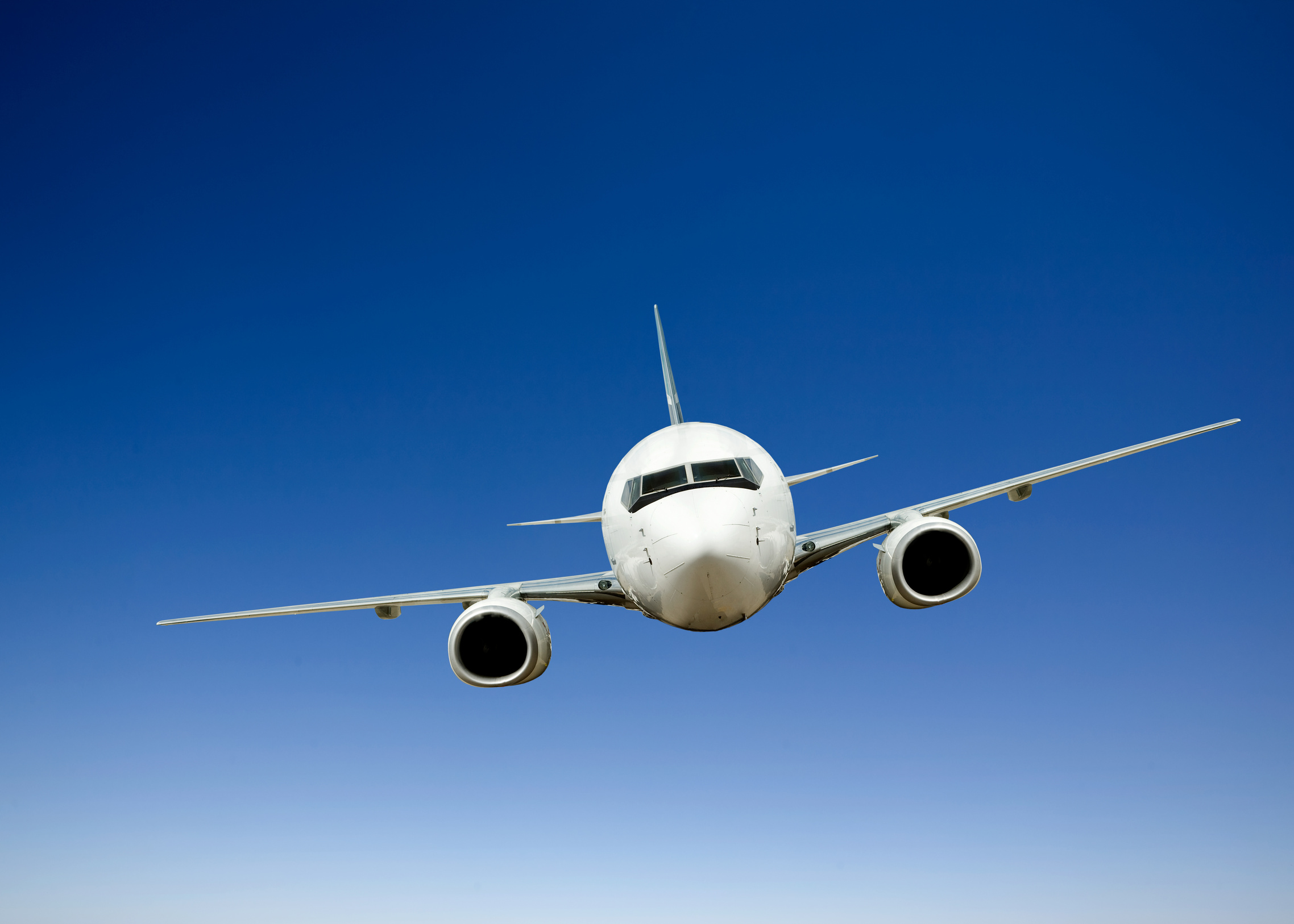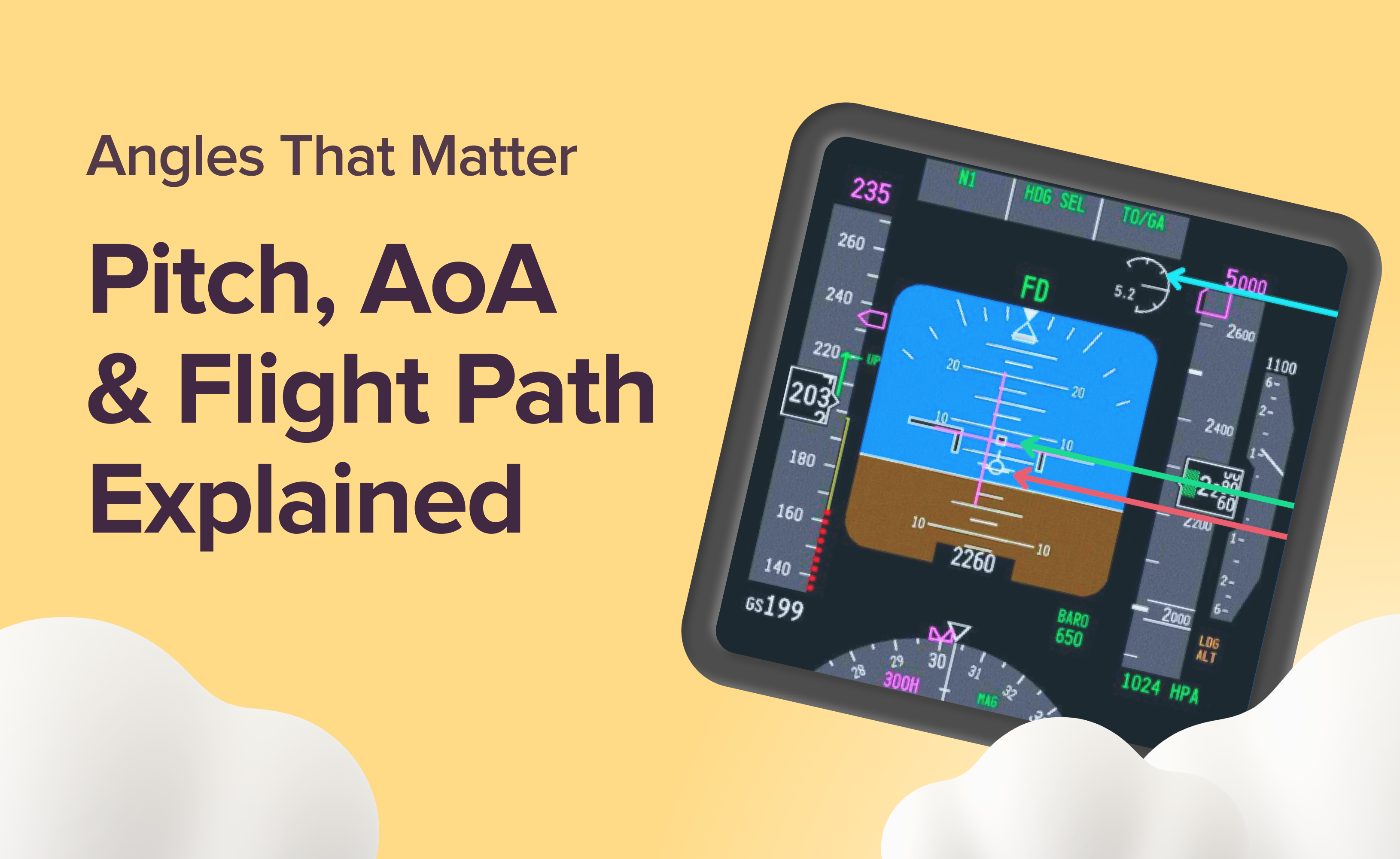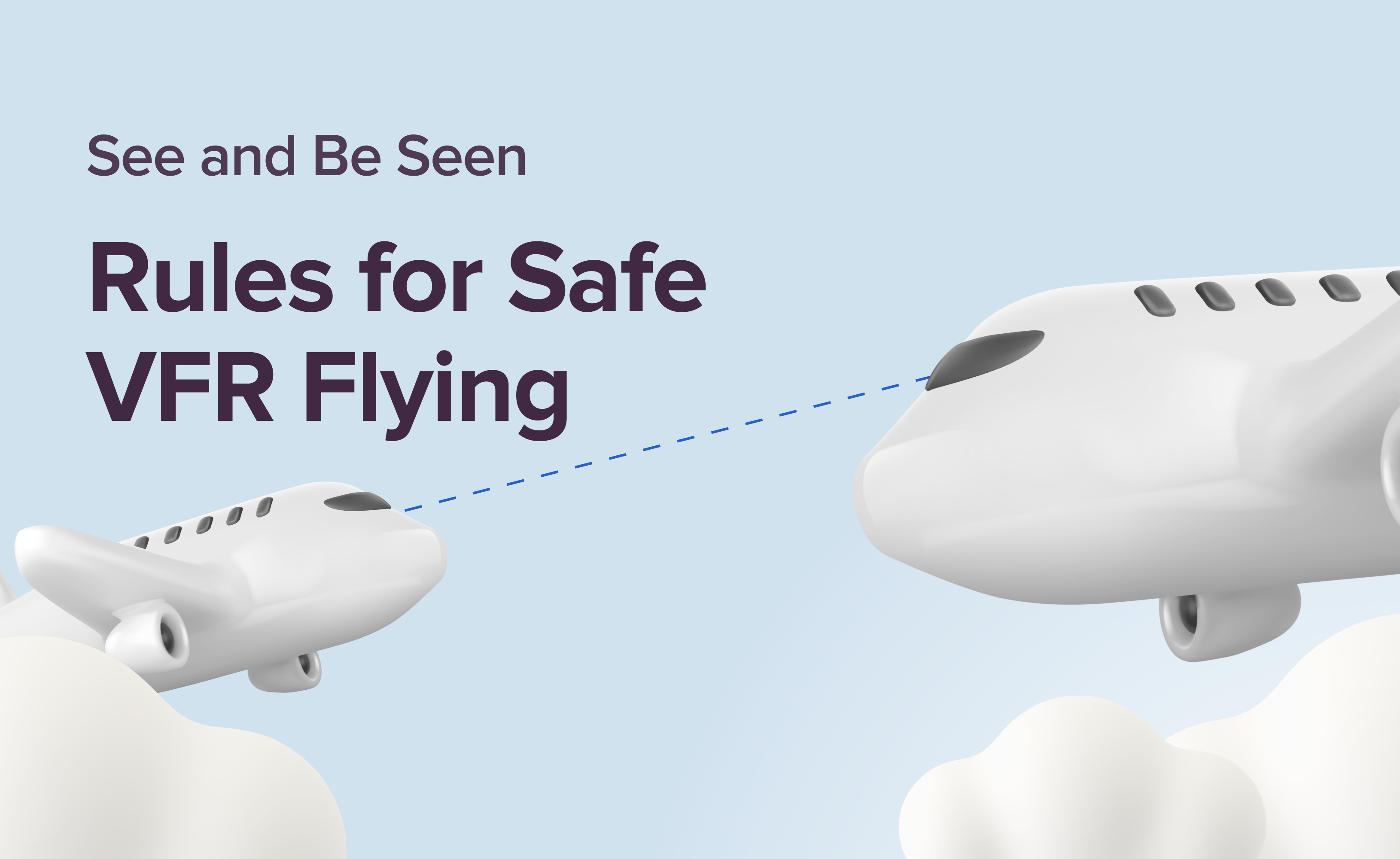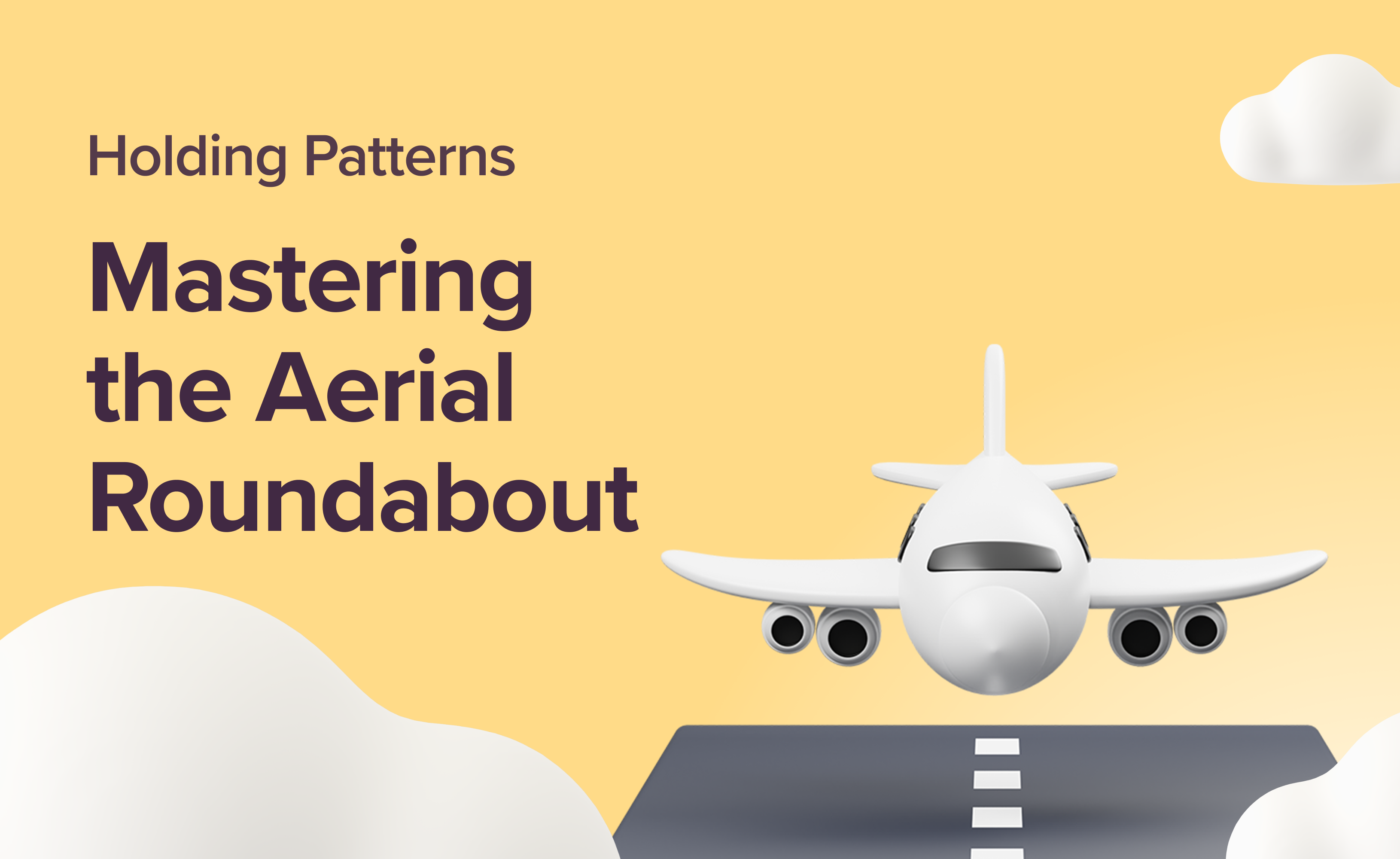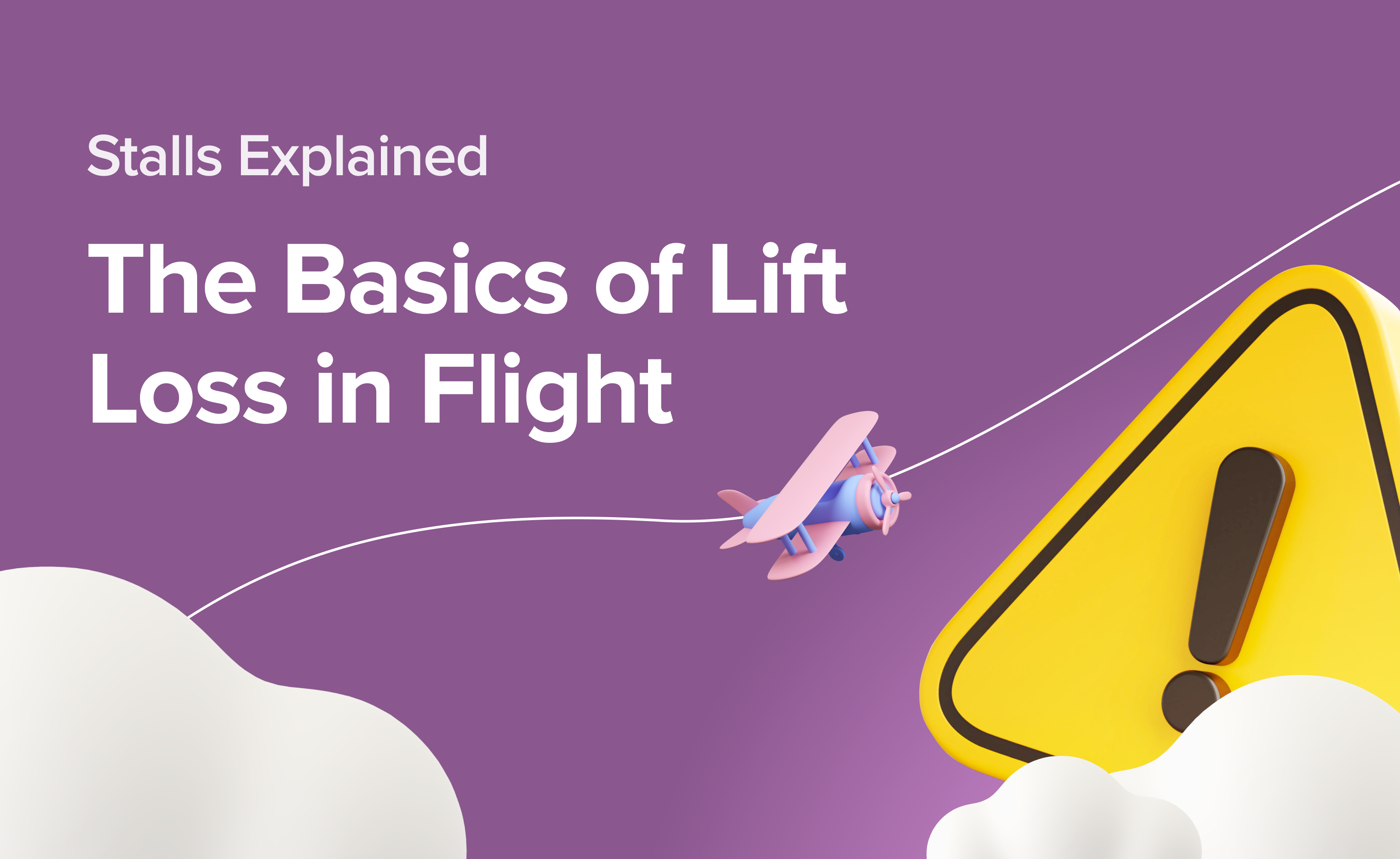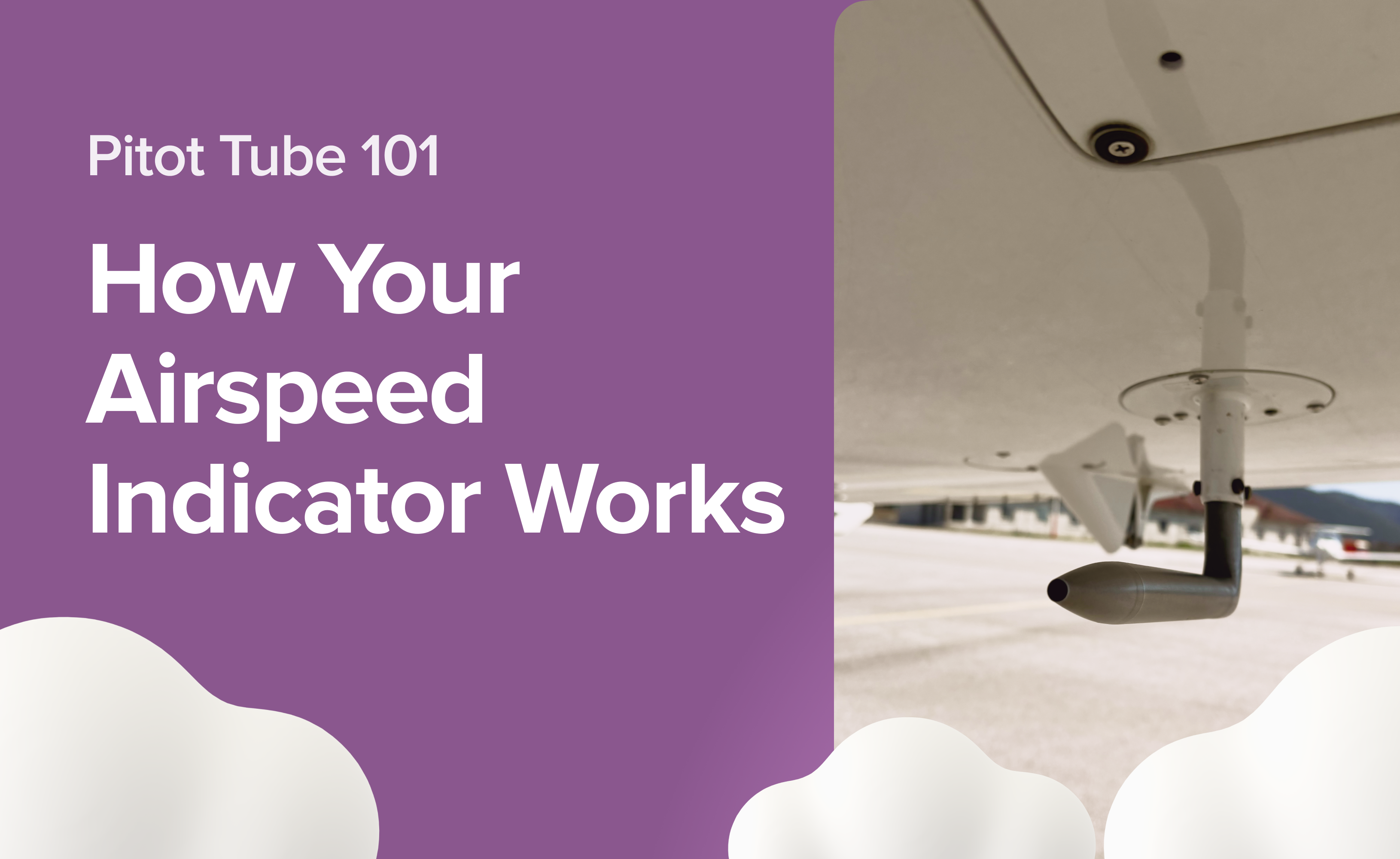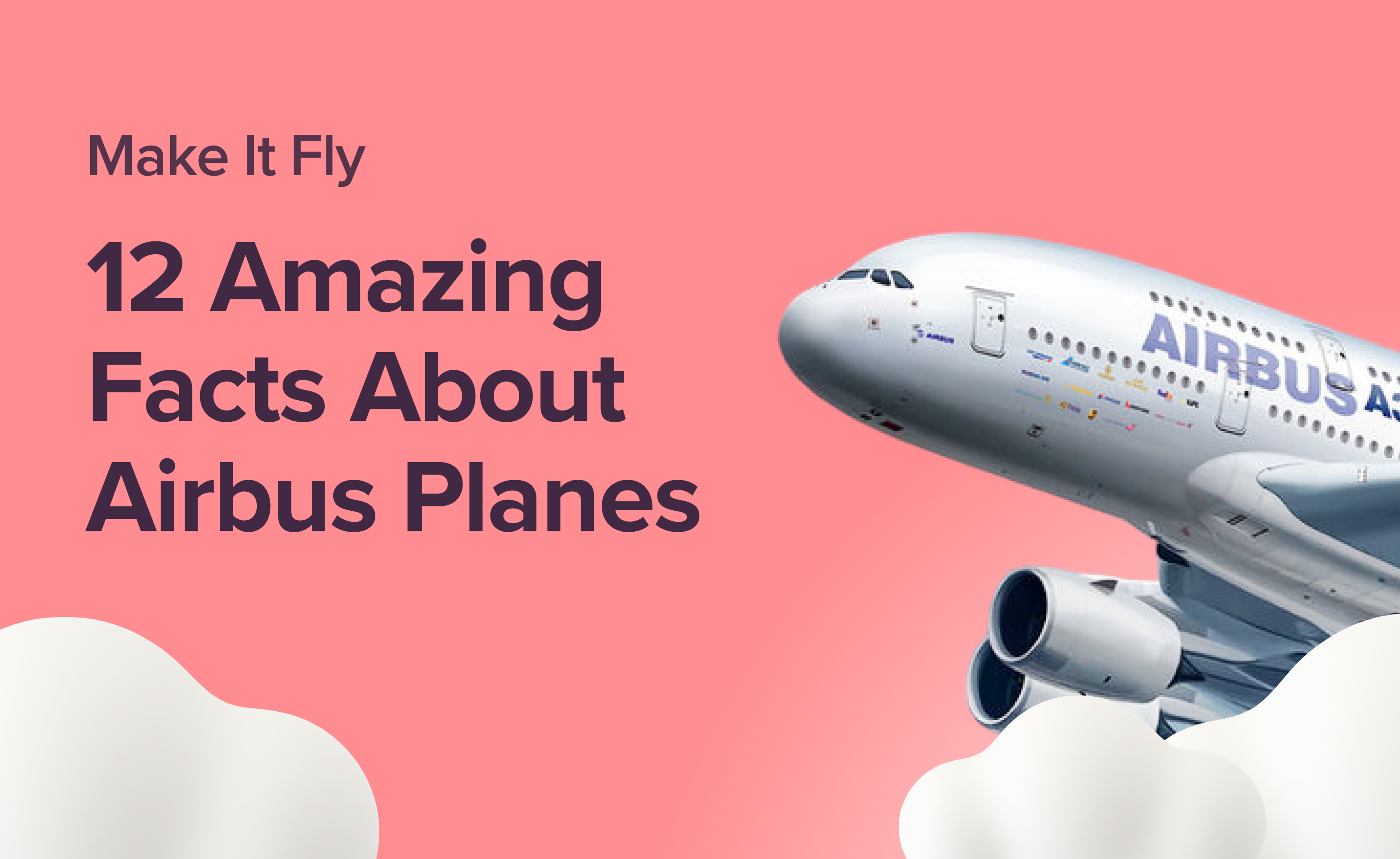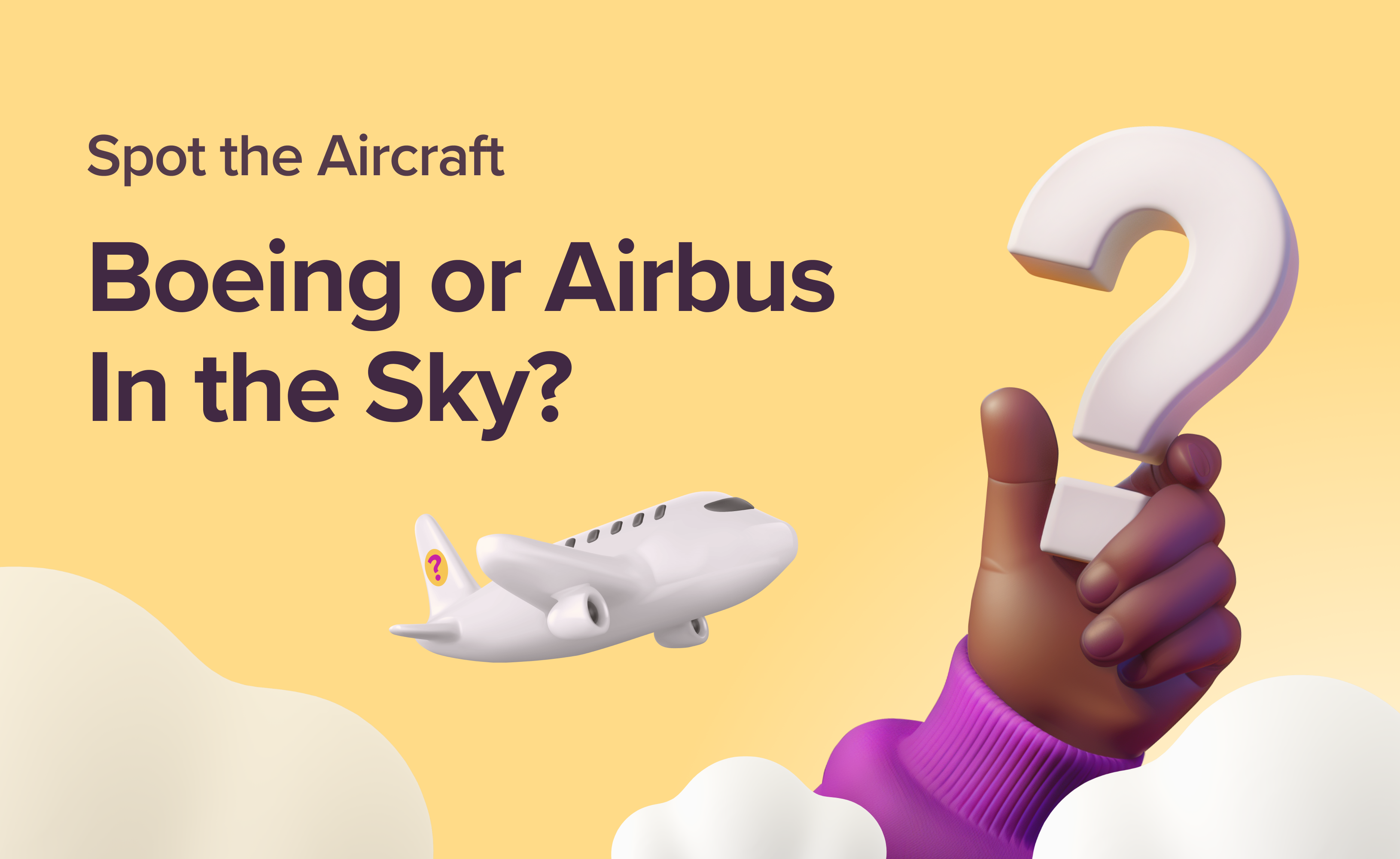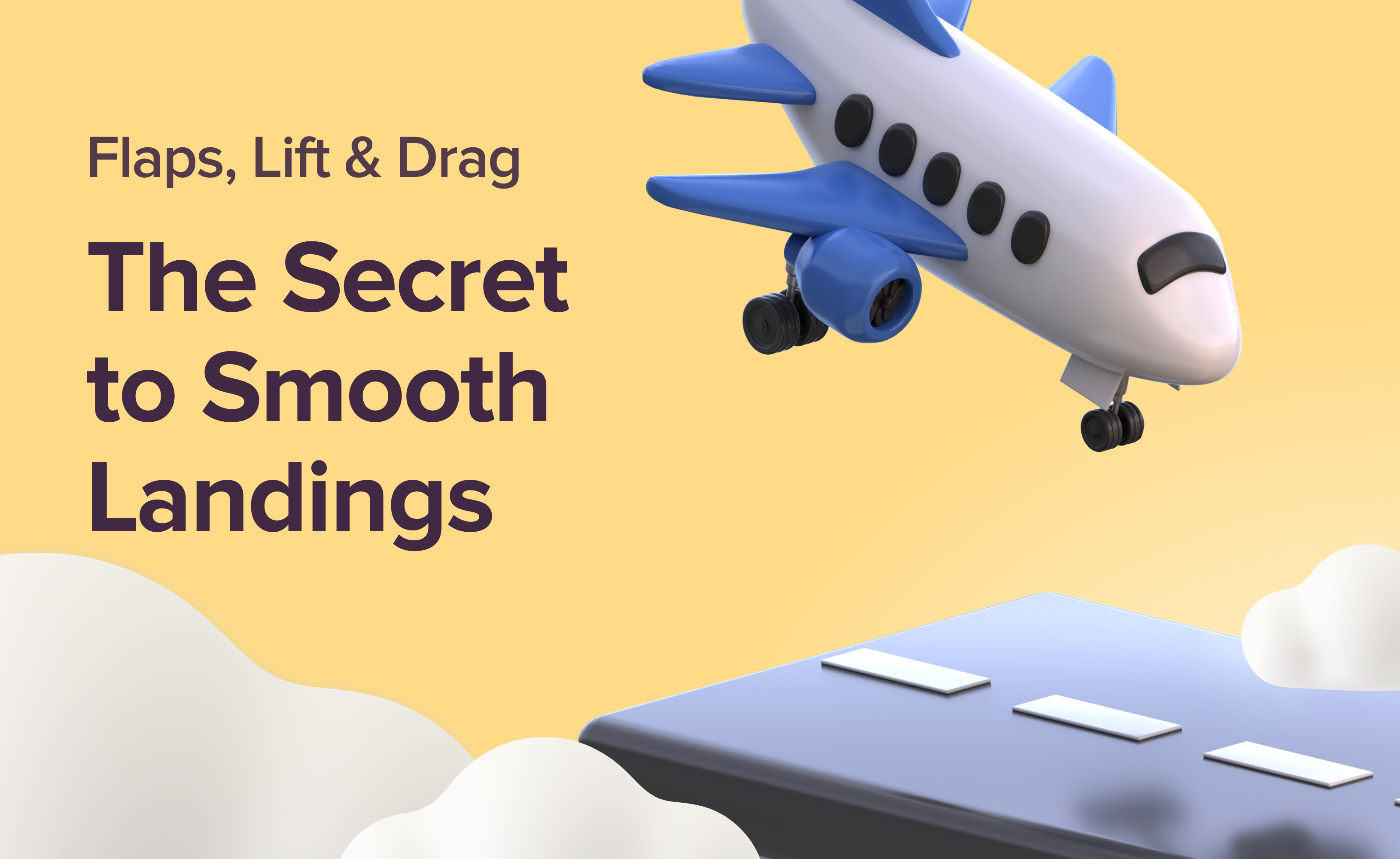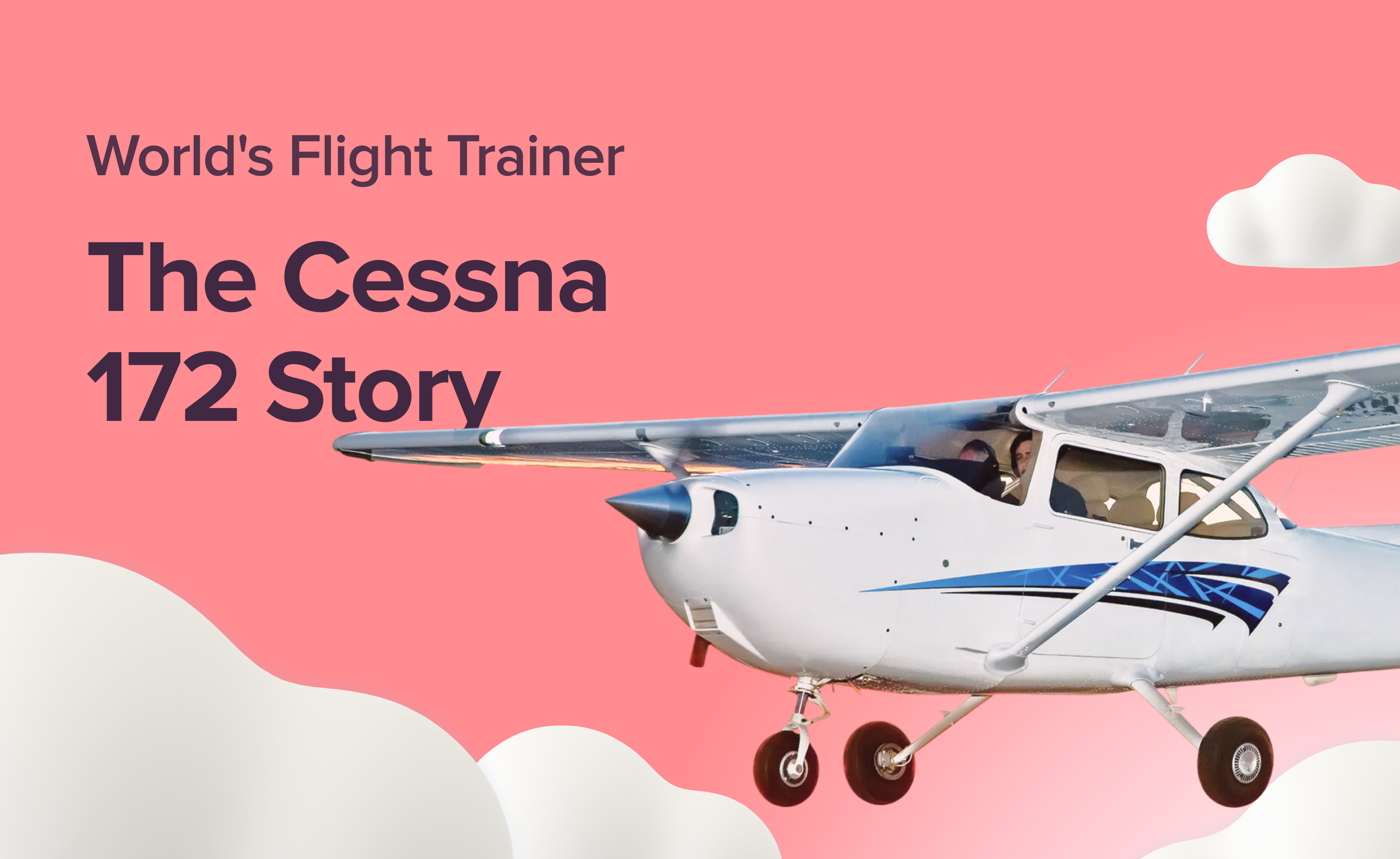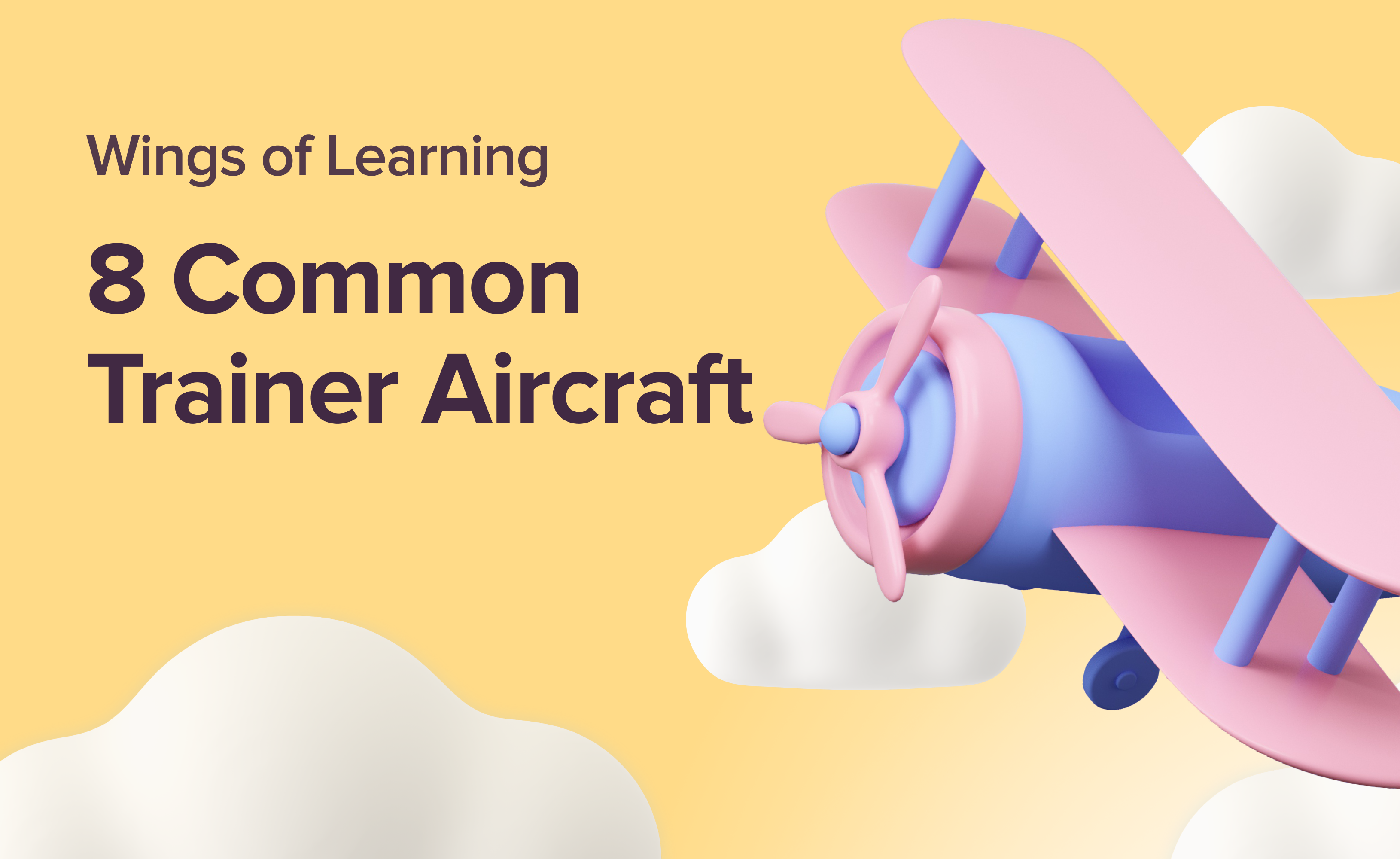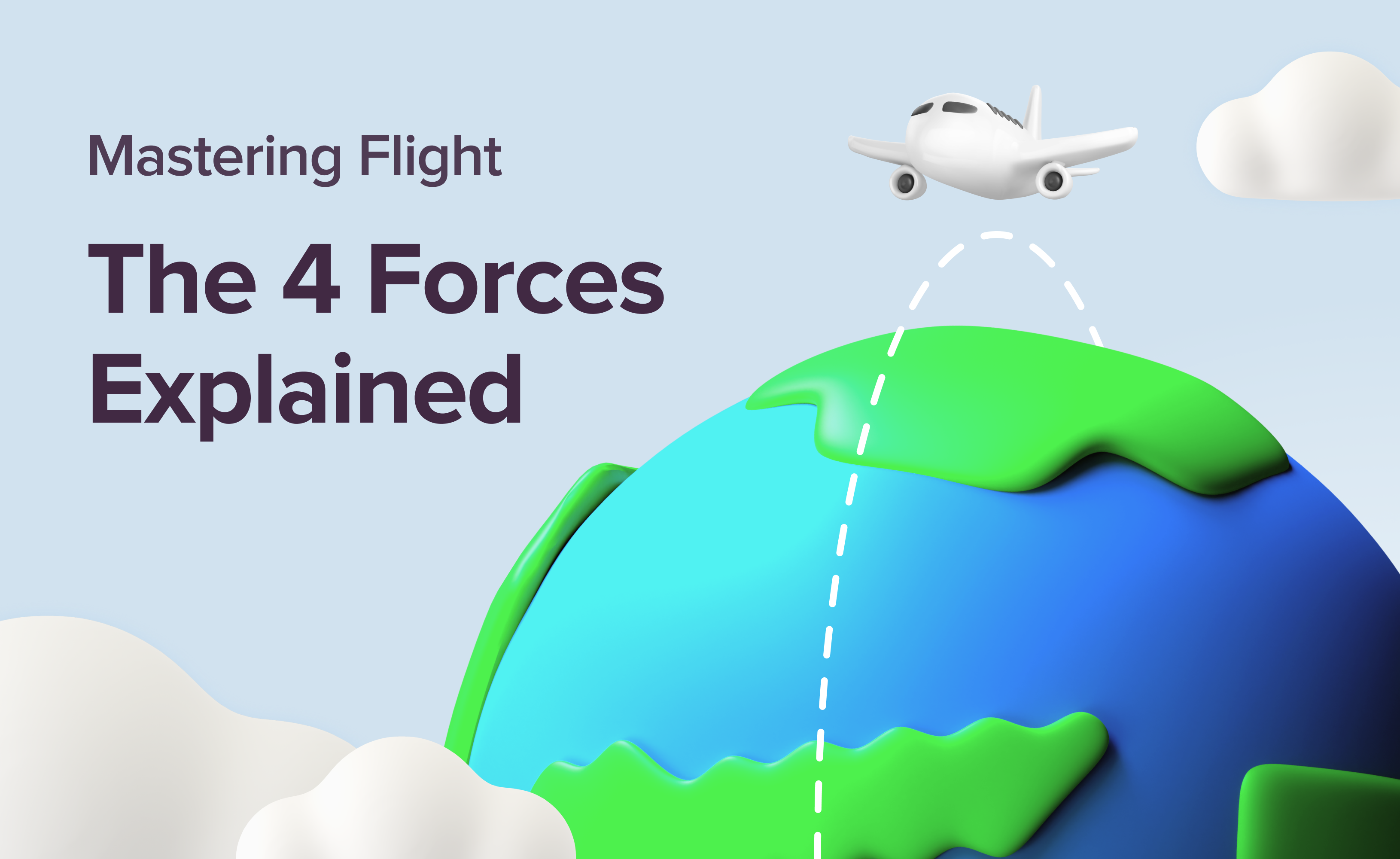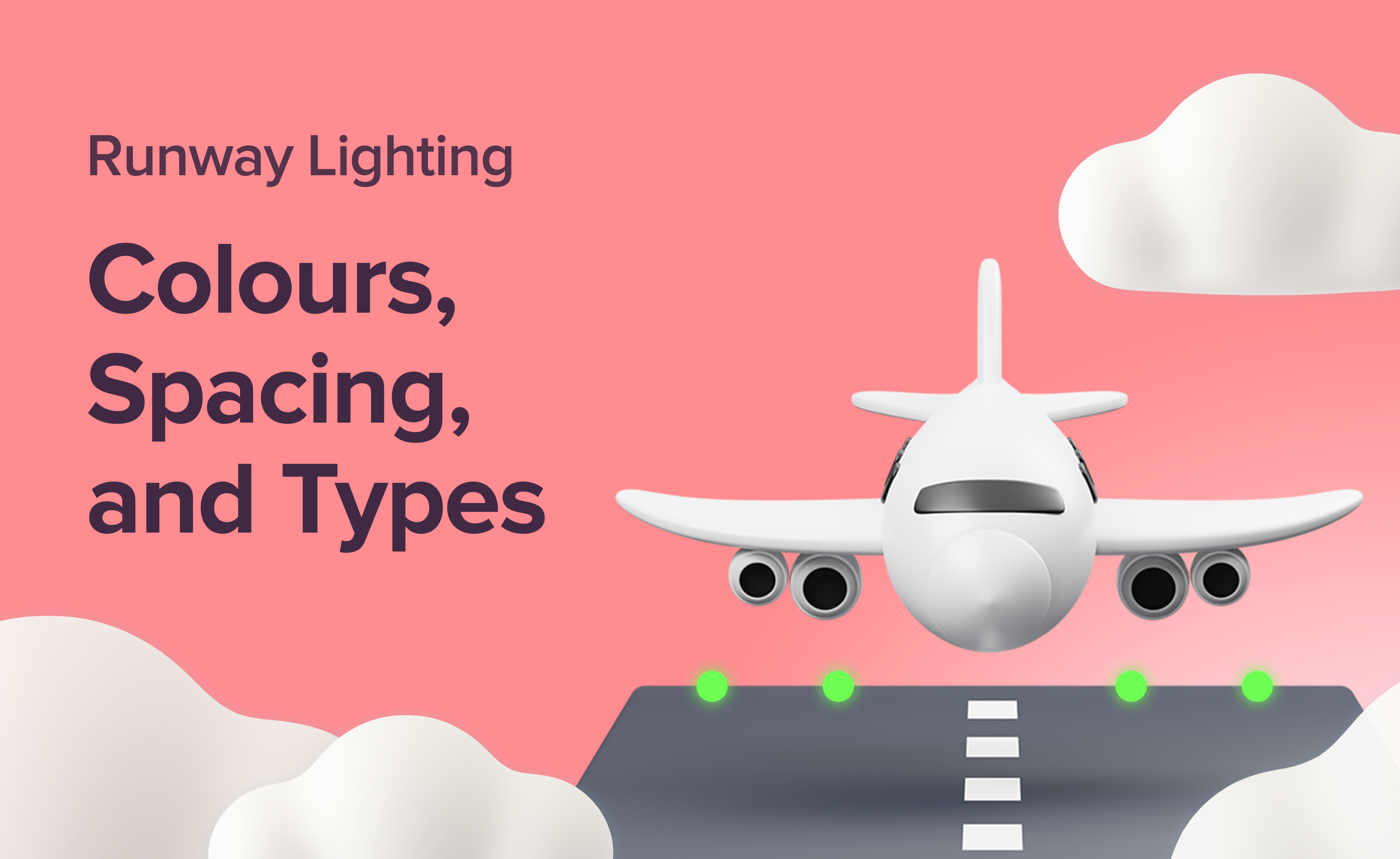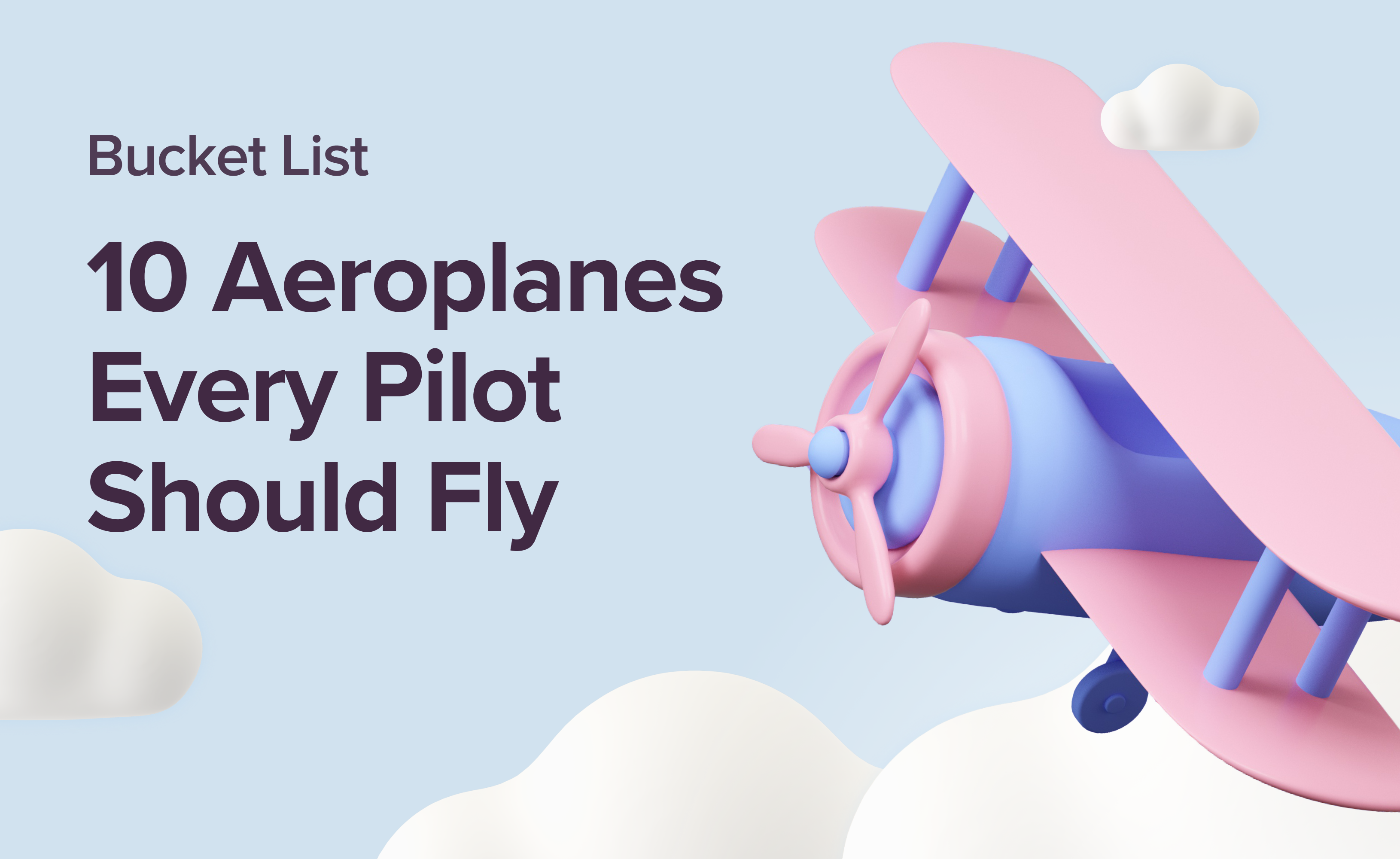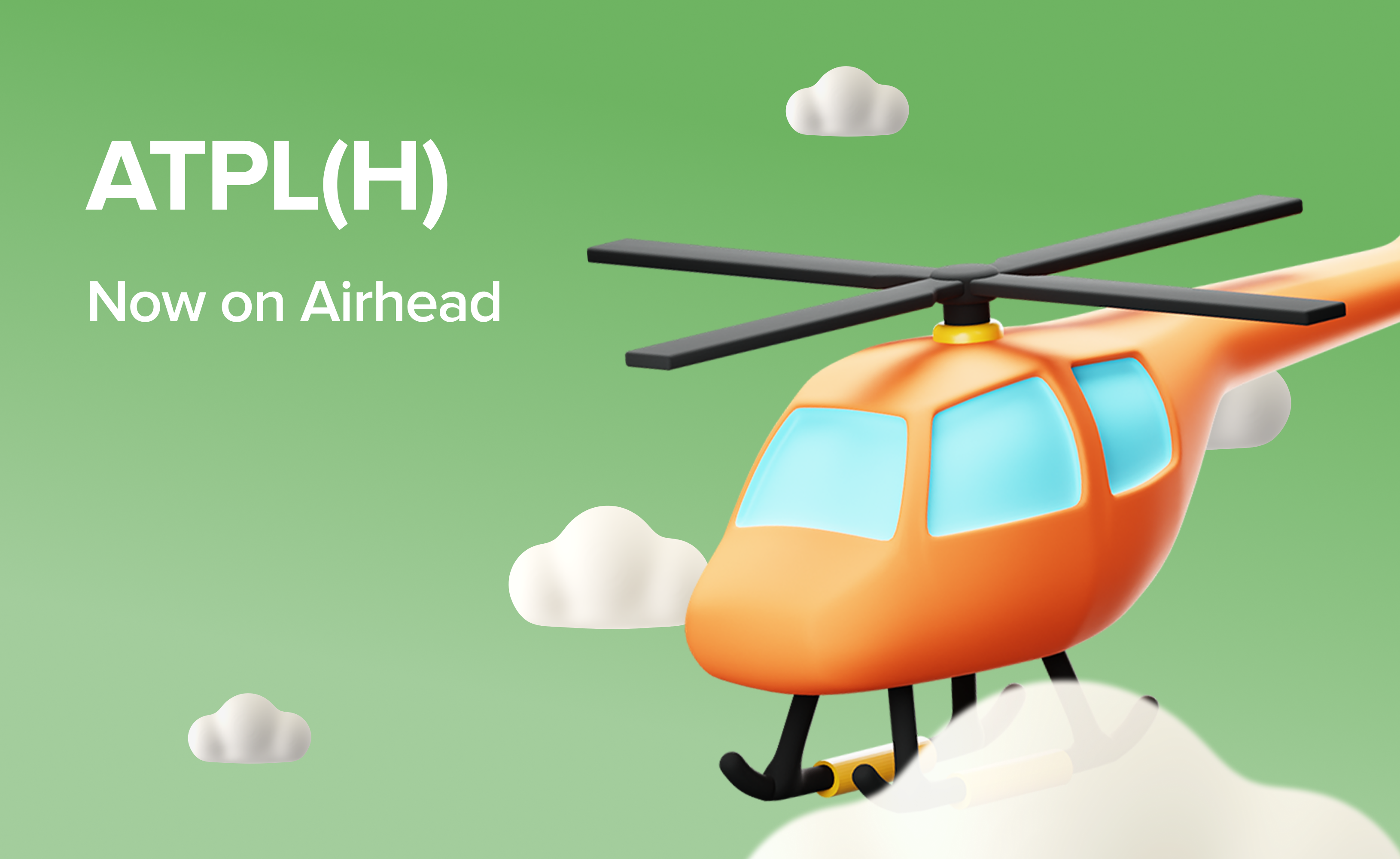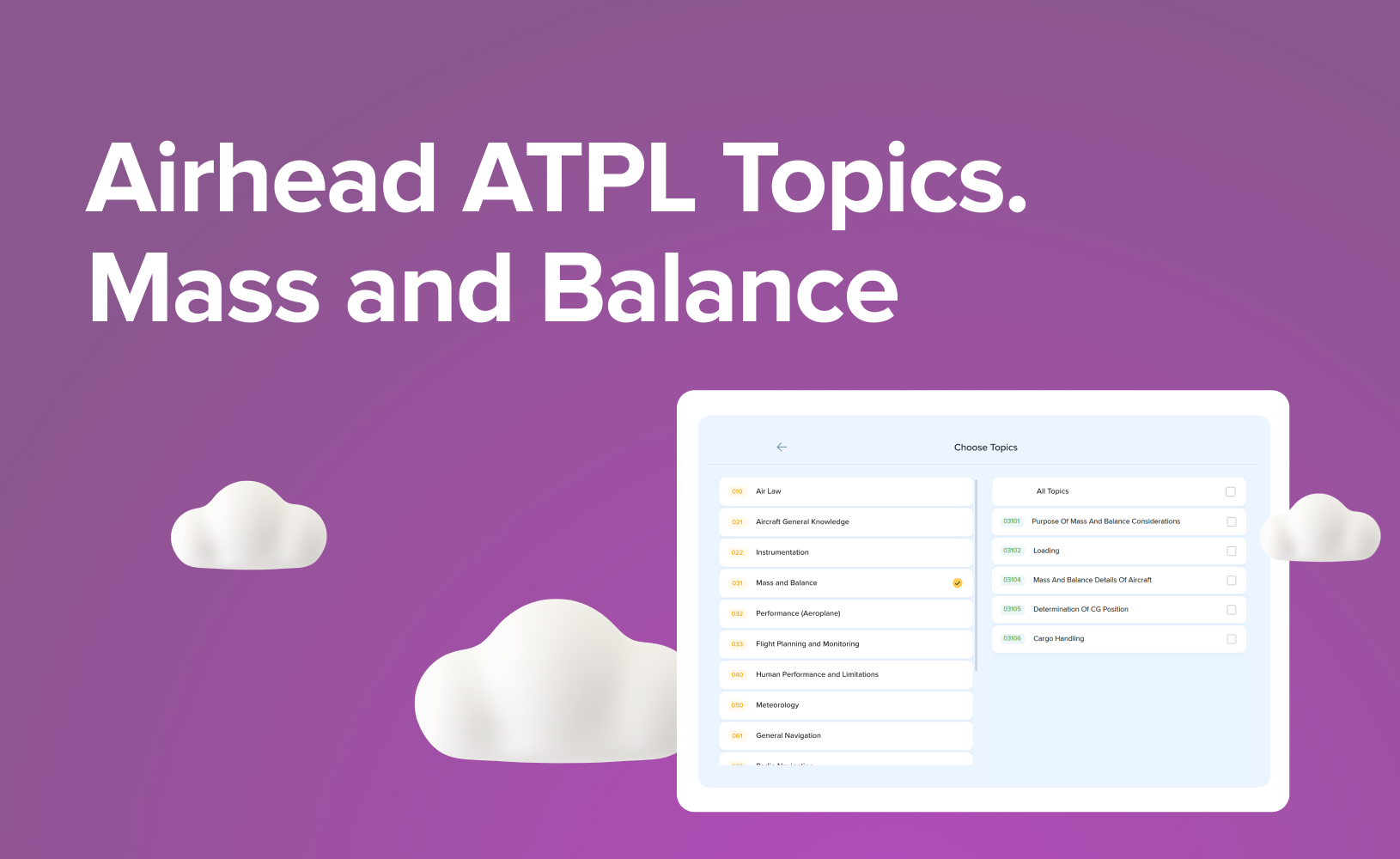From Buzzing Bees to Metal Birds. Unveiling the Aircraft Classification
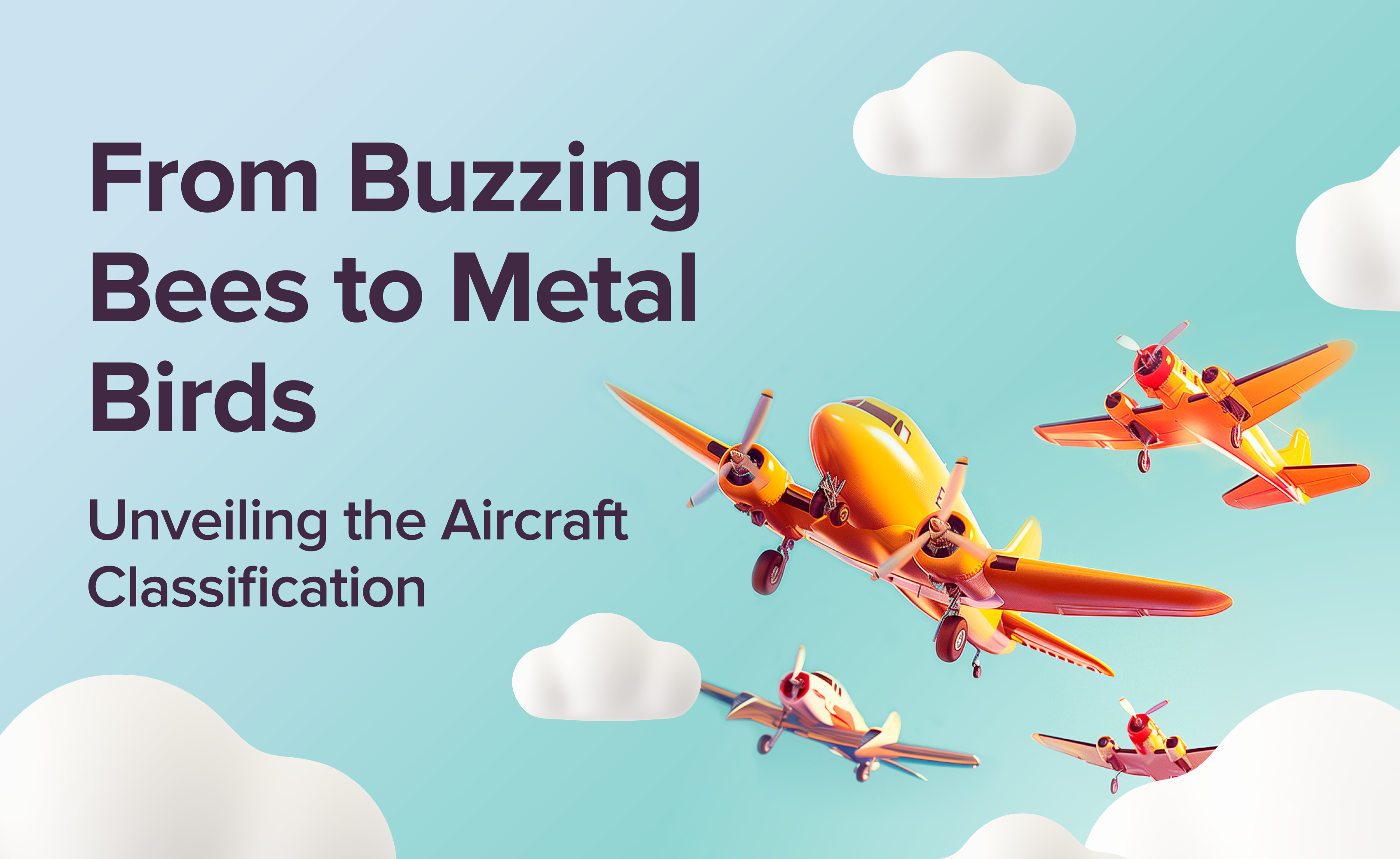
Ever look up and wonder, “What's that flying?” The sky isn't just for birds any more. It's a bustling highway filled with an impressive array of aircraft, each designed for a specific job. From nimble light aircraft to majestic commercial jets, we'll look at the fascinating array of flying machines that grace our skies. Join us as we uncover the purpose and essence of each aircraft category, offering a glimpse into the remarkable diversity of the aviation industry. We'll explore the different classes and common types that keep our world connected. Get ready to discover everything about them!
Aircraft Classification: Categories, Classes, Types
Before diving into the types of aircraft that soar through the skies, it's helpful to understand how they're classified. Imagine a layered cake, each tier revealing a more detailed picture.
Categories
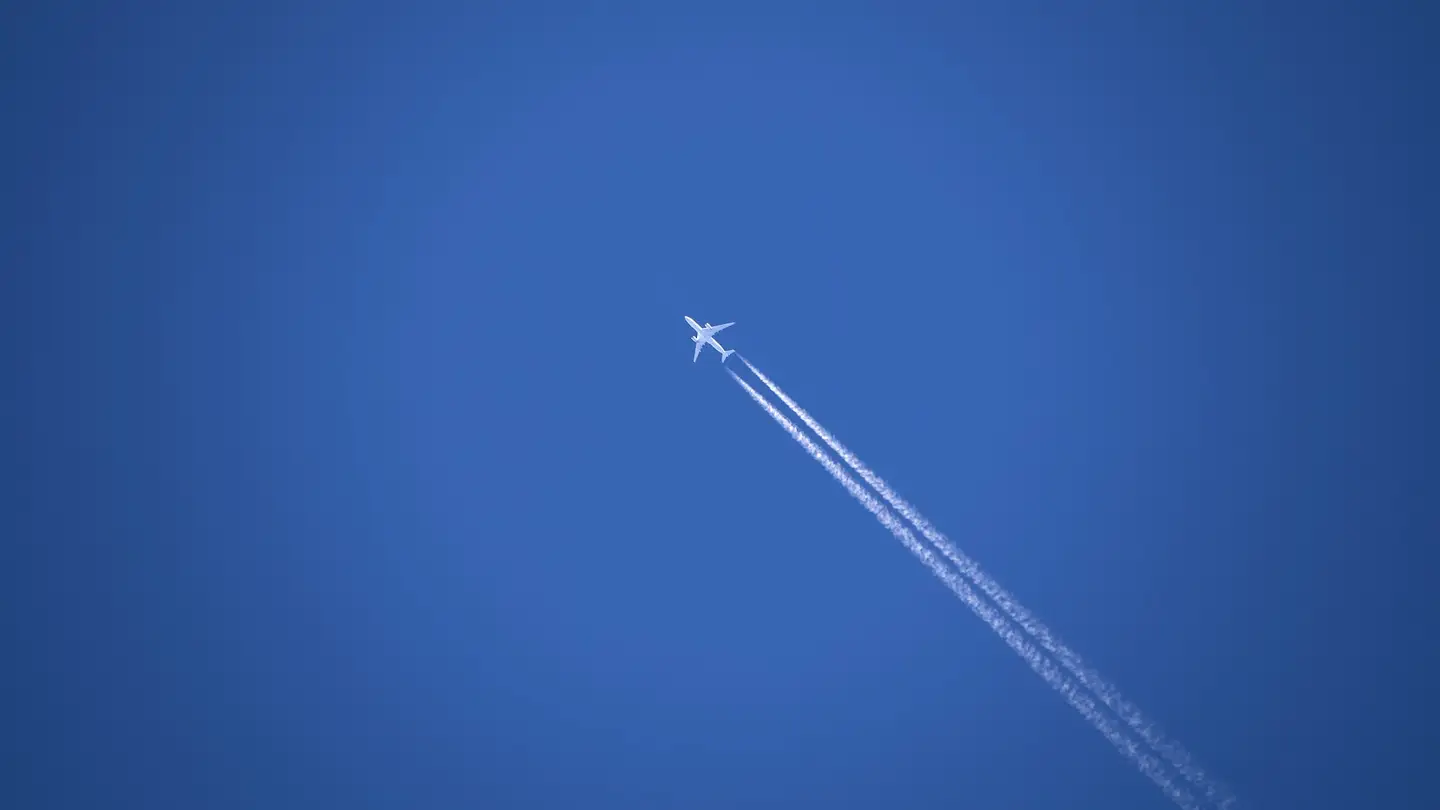
This is the broadest level, separating flying machines based on aircraft design and function. Here, we encounter eight categories:
1. Aeroplanes (Airplanes)
Fixed-wing aircraft rely on jet or piston engines to generate the thrust needed to propel them through the air.
2. Gliders
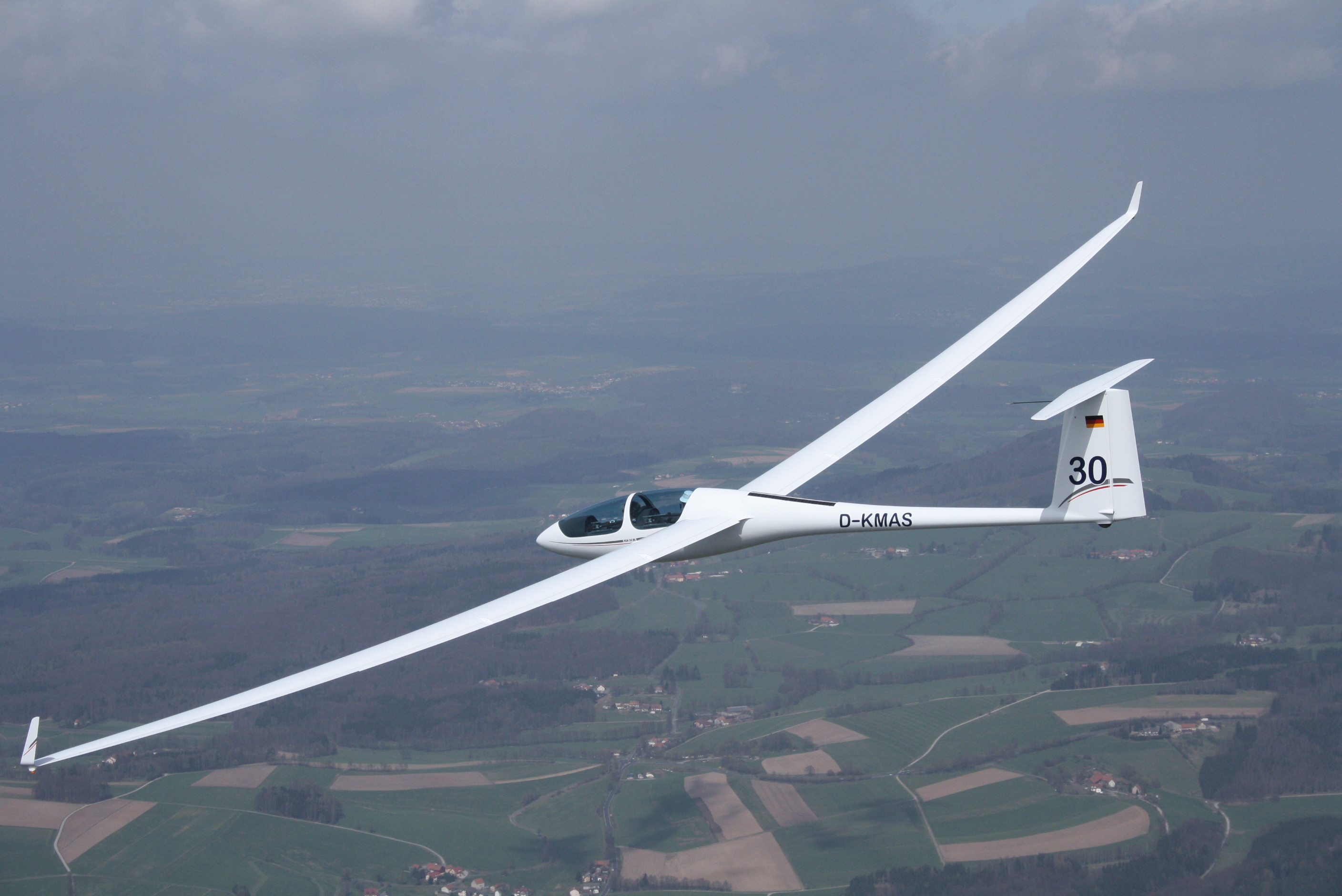
Masters of silent flight, gliders rely on rising air currents to stay aloft. They don't have engines and are often used for recreational soaring or competitive sports.
3. Rotorcraft
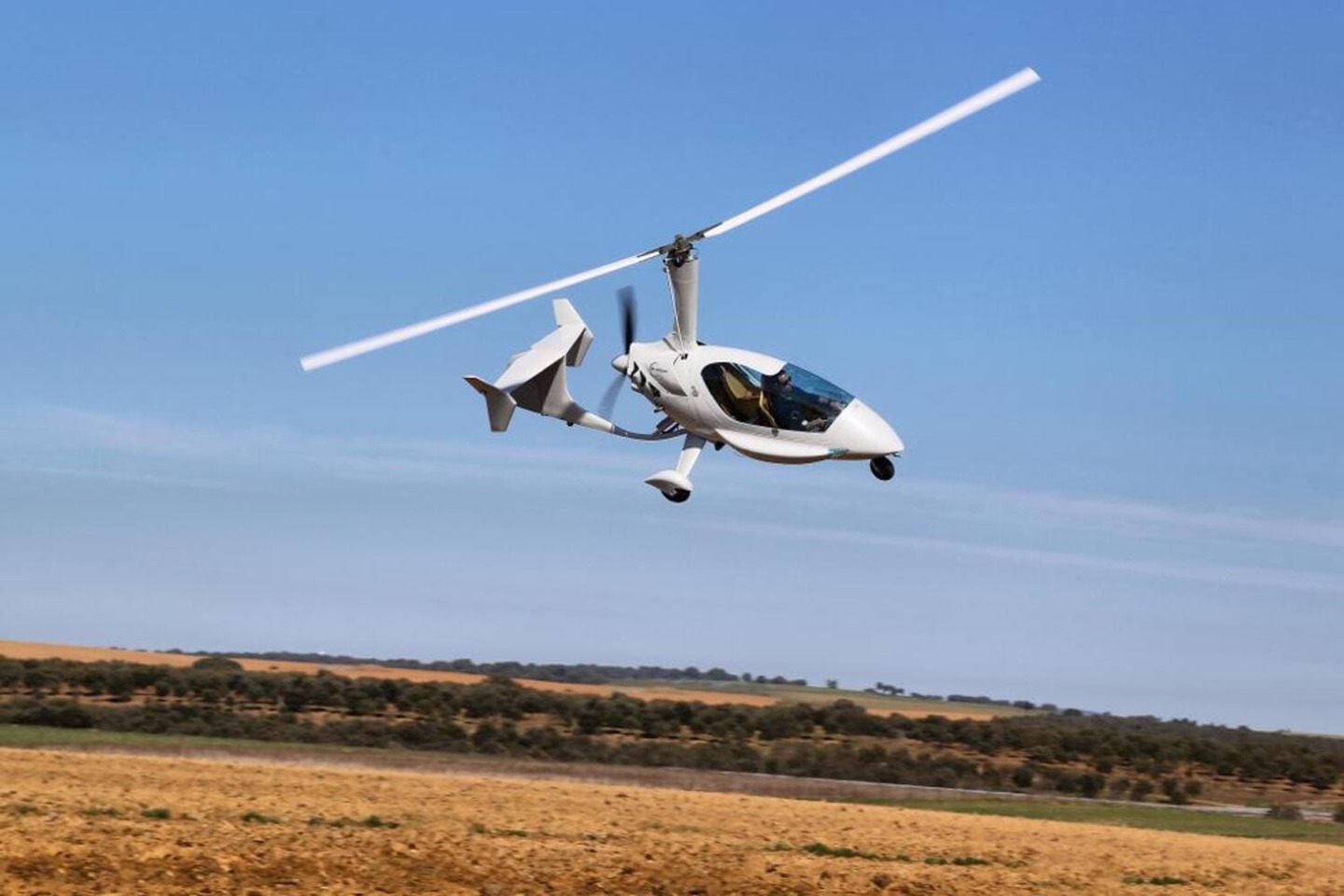
These innovative machines, like helicopters and gyroplanes, use rotating wings (rotors) to generate lift and achieve vertical take-off and landing (VTOL) capabilities. They are predominantly used for specialised missions like search and rescue, law enforcement, and military operations.
4. Lighter-than-air (LTA)
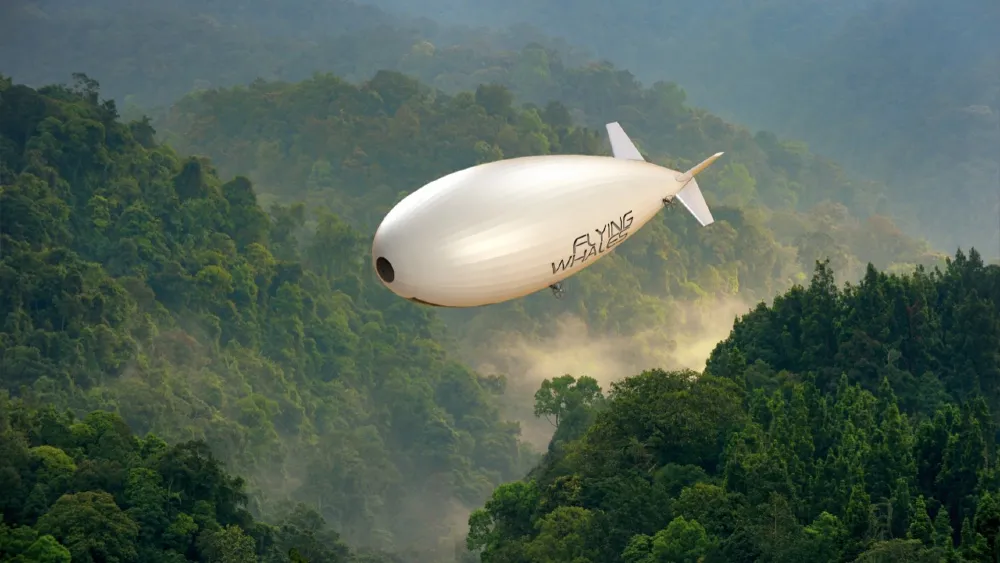
These aircraft, unlike the previous categories, rely on buoyancy to stay aloft, similar to how a ship floats on water. They use heated air (hot air balloons) or lighter-than-air gases (helium in blimps/dirigibles) to displace a greater volume of air than their weight, creating lift.
5. Powered Lift (PL)
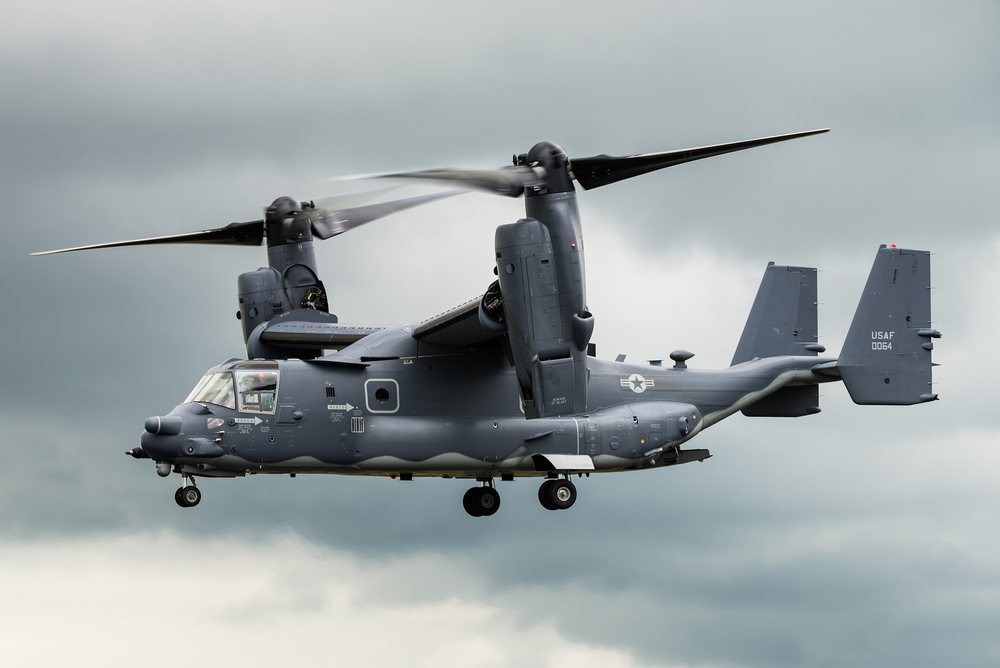
The powered lift aircraft combines features of both aeroplanes and helicopters. They typically have fixed wings like aeroplanes, but also use a ducted fan or other lifting mechanism (similar to a small propeller) to generate additional lift for vertical take-off and landing (VTOL) capabilities. This category is still under development but holds promise for future urban air mobility solutions.
As exemplified by the Bell-Boeing V-22 Osprey, VTOL aircraft rely on engine-driven devices like propellers or jet engines for lift at low speeds, transitioning to fixed wings for higher-speed flight.
6. Powered Parachute (PPC)
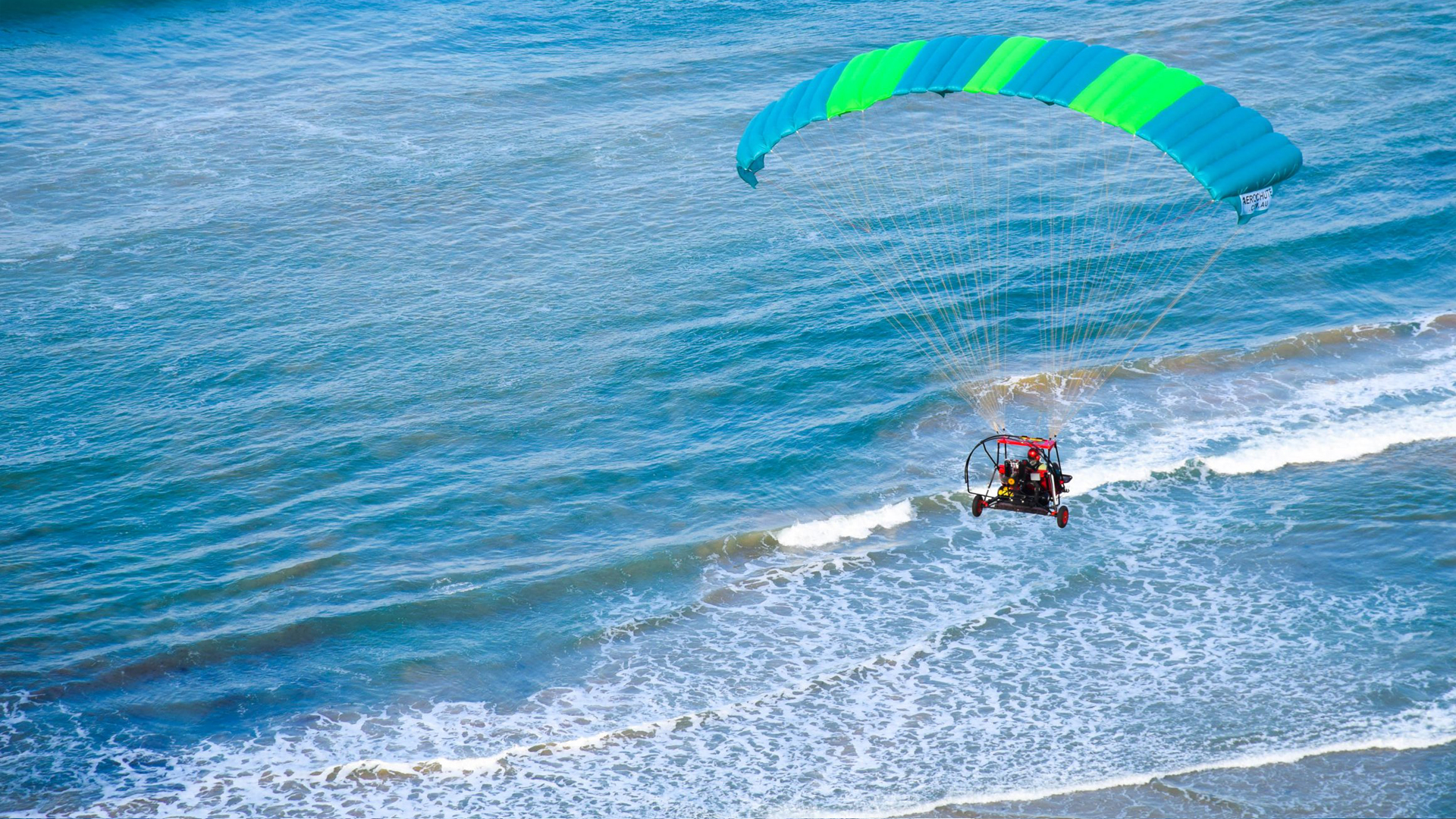
As the name suggests, PPCs are a hybrid of a parachute and a lightweight aircraft. They are also called para motors. They have a large parachute canopy for lift and descent, a small engine and propeller for forward propulsion, and limited manoeuvring capabilities. PPCs are often used for recreational flying, aerial photography, and sports training.
7. Weight-shift Control (WSC)
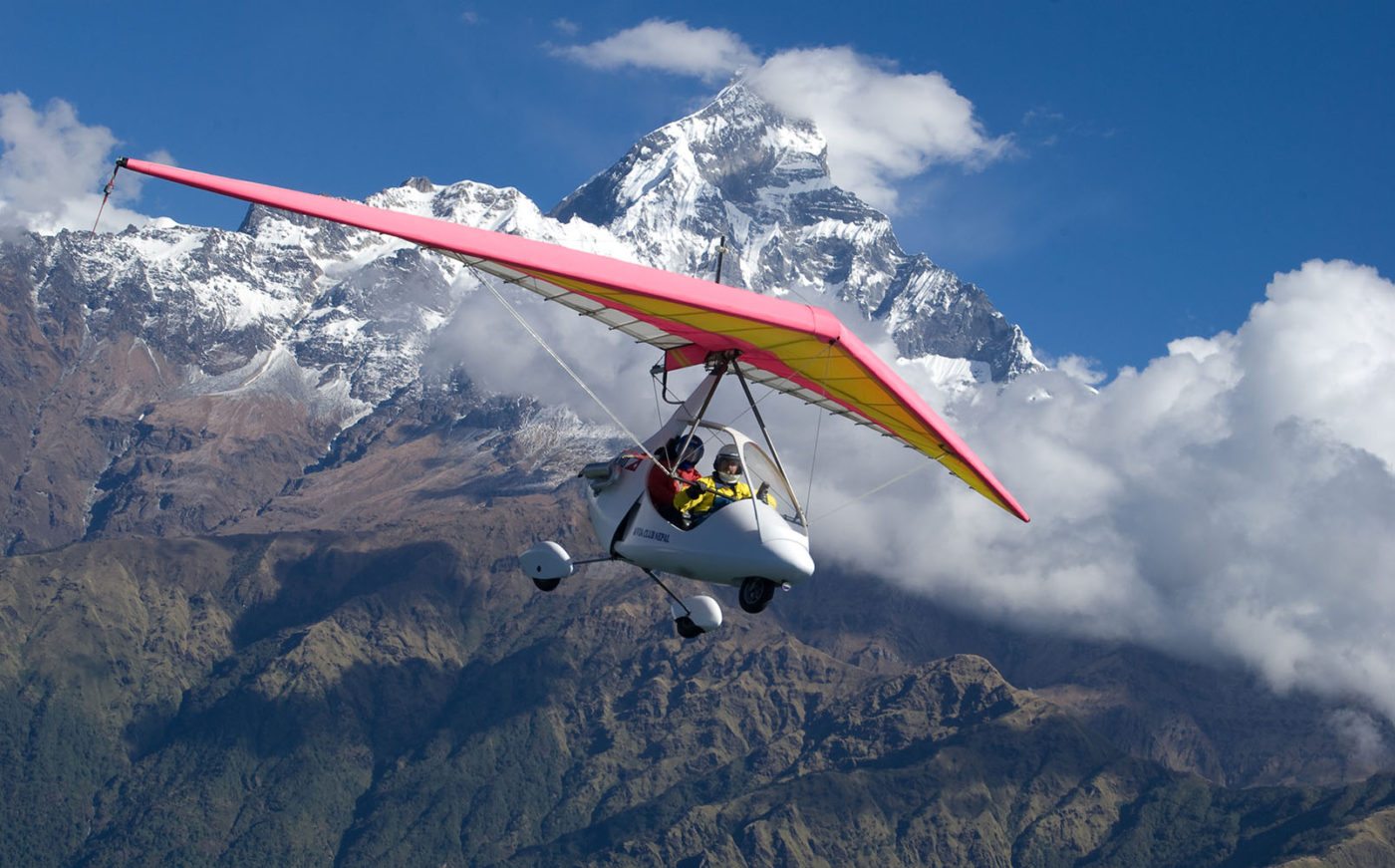
These are lightweight, usually, single-seat aircraft typically used for recreational flying. They have a 'Rogallo' wing for lift, but control the pitch and roll (turning) by shifting the pilot's weight. Some WSC aircraft may also have a small motor for additional propulsion.
Without an engine, they are usually referred to as 'hang gliders'. With an engine, they fall into the category of 'microlight aircraft', though not all microlights are weight-shifters. Many are scaled-down three-axis control machines.
8. Rockets
While you won't find a rocket on your private pilot certificate, these marvels of engineering rightfully hold a place alongside aeroplanes as a category of aircraft. Unlike aeroplanes, rockets don't rely on air for propulsion. Instead, they carry their own fuel and oxidizer on board, allowing them to blast off into the vast expanse of space.
Classes
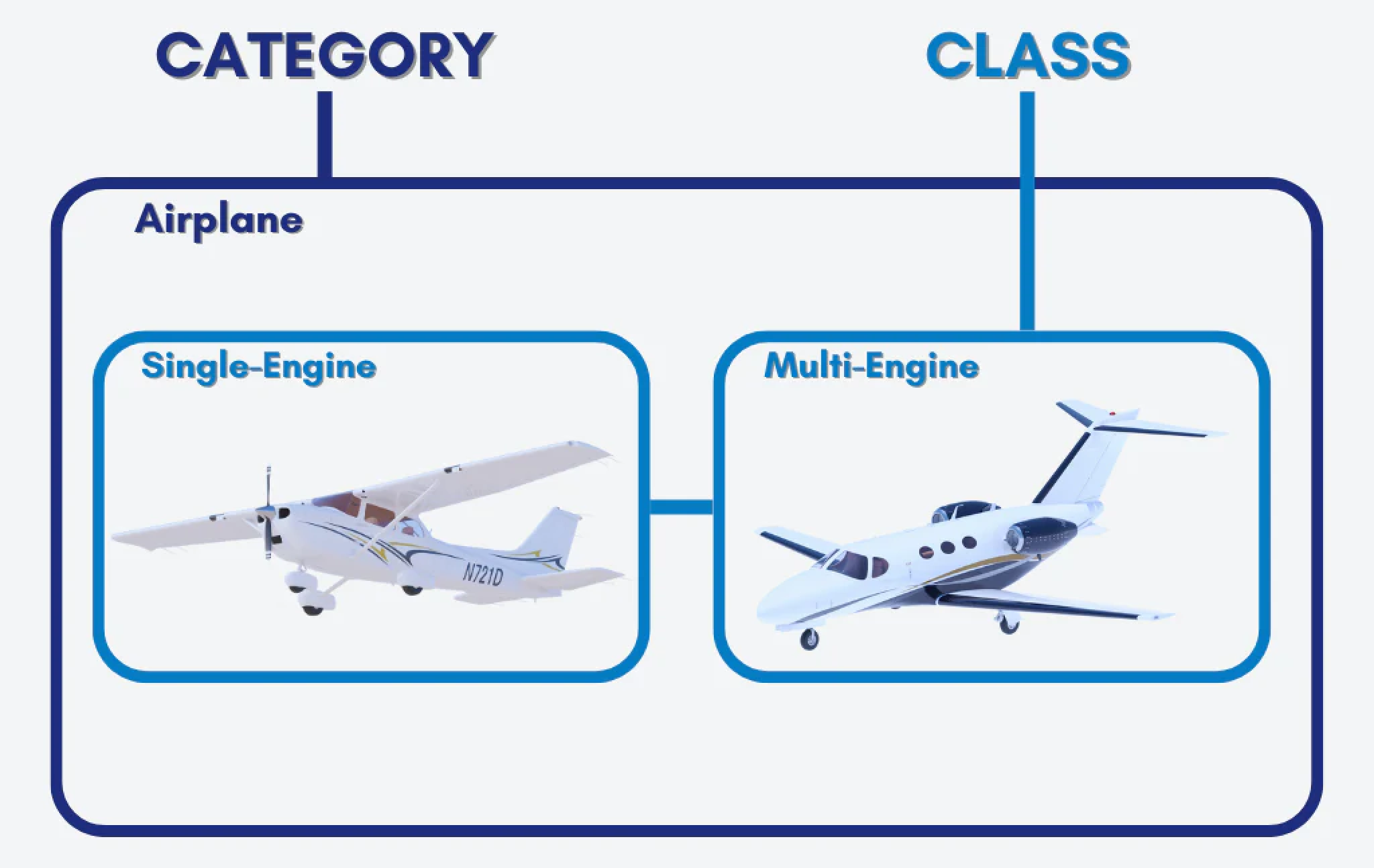
Aircraft categories are broad groupings based on function and design (e.g., aeroplanes, helicopters, gliders). Aircraft classes provide a more specific level of detail within these categories. They sub-group aircraft that share similar design and operational characteristics. Let's take aeroplanes, for example:
Single-engine land. These workhorses of the sky are the most common type of aeroplane used for pilot training, private flights, and even some regional commercial air travel. Powered by a single engine, these aircraft efficiently connect regional destinations with frequent short-haul flights departing from land-based airports.
Multi-engine land. As the name suggests, these aeroplanes boast two or more internal combustion engines, offering increased power, redundancy, and safety for long-haul flights and large cargo transportation needs.
Single-engine sea. These single-engine aeroplanes are specifically designed to operate on water and are popular for recreational flying, sightseeing, and island-hopping adventures.
Multi-engine sea. Combining the power and safety of multiple engines with the versatility of water landings, these impressive aircraft cater for luxurious seaplane tours, search and rescue operations, or even transporting passengers and cargo to remote coastal locations.
Types
Finally, we reach the most specific level of classification: the aircraft type. This refers to a specific make and model, like the most common commercial flight plane Boeing 737, the widely used Cessna 172 for flight training, or Airbus A320.
To fly an aircraft that weighs more than 12,500 pounds or a jet (regardless of weight), pilots require a “type rating.”
Aircraft Certification Categories
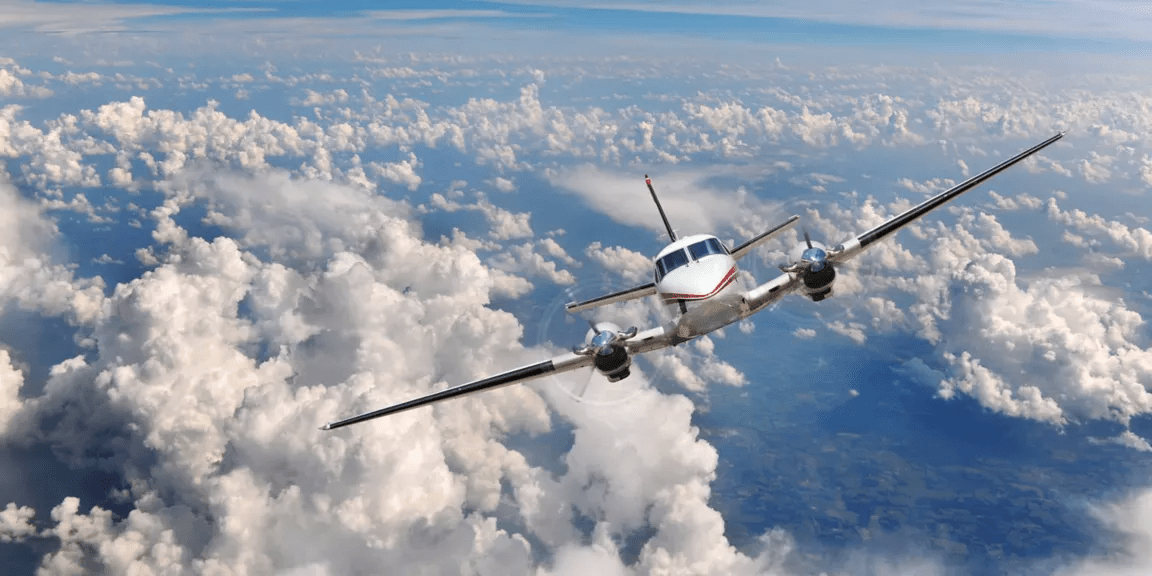
International and national organisations like the FAA (Federal Aviation Administration), EASA (European Union Aviation Safety Agency), and ICAO (International Civil Aviation Organisation) establish a system of aircraft certification categories. This system ensures safety and efficiency in the skies. Here are some common categories:
Normal: The most common type of aircraft, typically single-engine aeroplanes used for private flying, pilot training, and recreational activities. Normal category aircraft generally have a maximum take-off weight limit of 12,500 pounds and cannot be used for aerobatics.
Transport: Large passenger aeroplanes designed to carry a significant number of people on commercial flights. Subcategories within Transport may exist based on engine type, with jet-powered transports typically accommodating over 10 passengers and exceeding 12,500 pounds, while propeller-driven transports might carry up to 19 passengers and weigh over 19,000 pounds.
Aerobatic: Designed for performing manoeuvres with increased G-forces, aerobatic aircraft typically have limitations on seating capacity (often 9 or fewer) and mass (under 12,500 pounds) to prioritise pilot visibility and structural integrity during aerobatic manoeuvres.
Commuter: This category bridges the gap between smaller aircraft and large airliners. They are typically multi-engine propeller aeroplanes used for short-haul regional flights, with a capacity of up to 19 passengers and a mass limit under 19,000 pounds.
Utility: Utility aircraft offer a balance between passenger capacity and the ability to operate from rougher terrain. Often used for recreational flying, cargo transport, or aerial work, utility-category aircraft generally have a maximum mass of 12,500 pounds and may have limited aerobatic capabilities.
Commercial Airliners
Commercial Airliners v.s. General Aviation
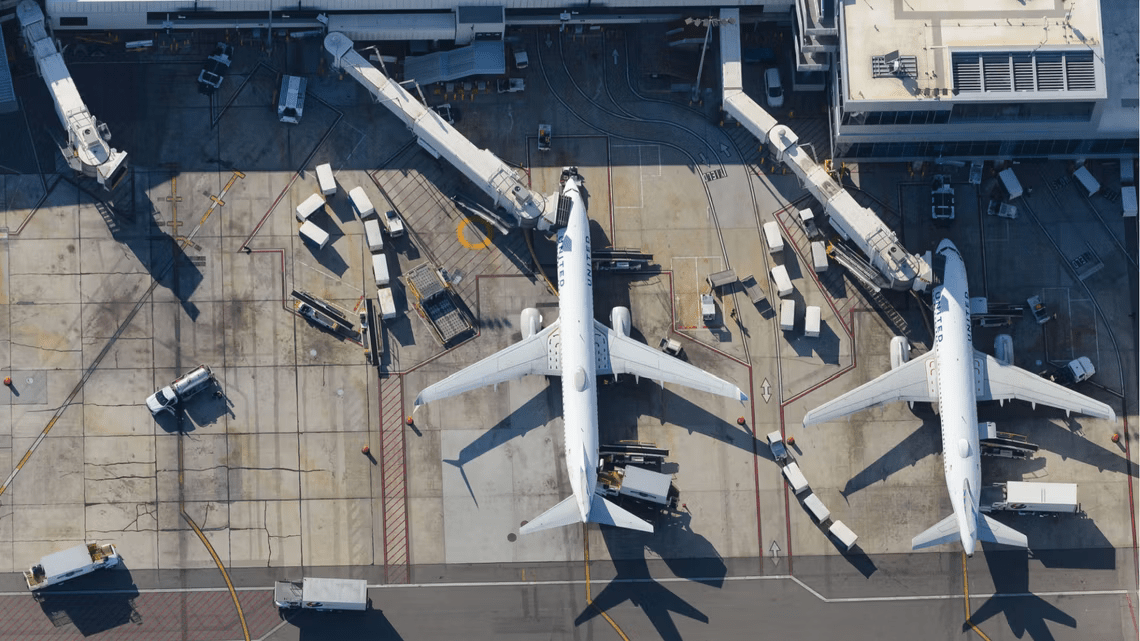
Commercial airliners, the behemoths of the sky, ferry hundreds of passengers across continents. But how do these giants differ from the diverse range of aircraft in general aviation (GA)? Let's break down the key differences:
Size and Capacity. Commercial Airliners are designed to carry passengers and cargo on scheduled flights between airports. They can range from mid-size jets accommodating around A380, seating well over 500. On the other hand, General Aviation (GA) encompasses a wider variety of aircraft sizes. It can include single-engine propeller planes ideal for private use (seating 2-4), small twin-engine turboprops used for regional travel (seating 6-12), and even helicopters.
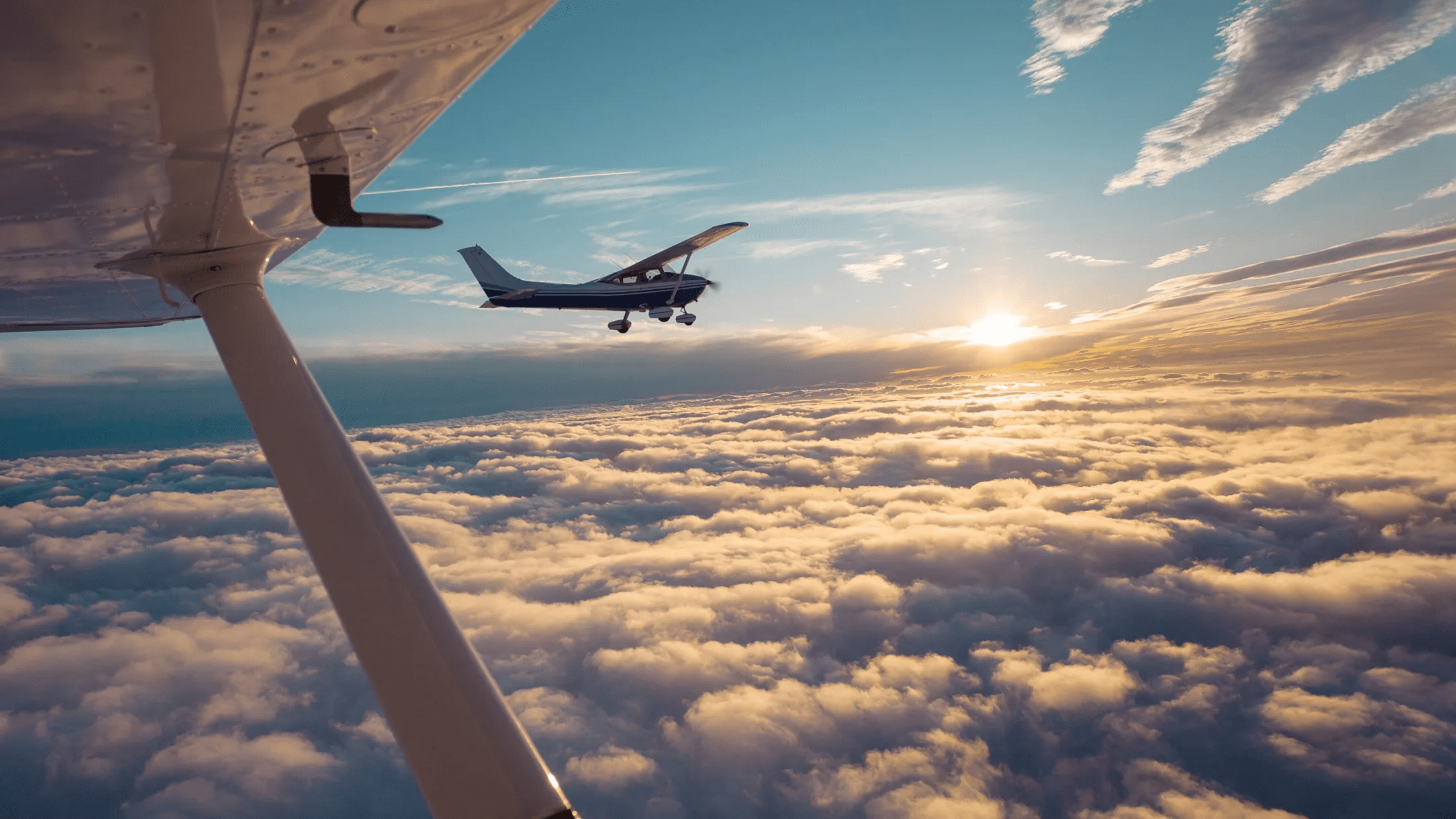
Purpose. Commercial airliners are the express trains of the sky, efficiently transporting people and cargo over long distances. Meanwhile, general aviation offers a wider range of options, from personal exploration and regional business travel to specialised services and pilot training.
Narrow-body vs. Wide-body Airliners
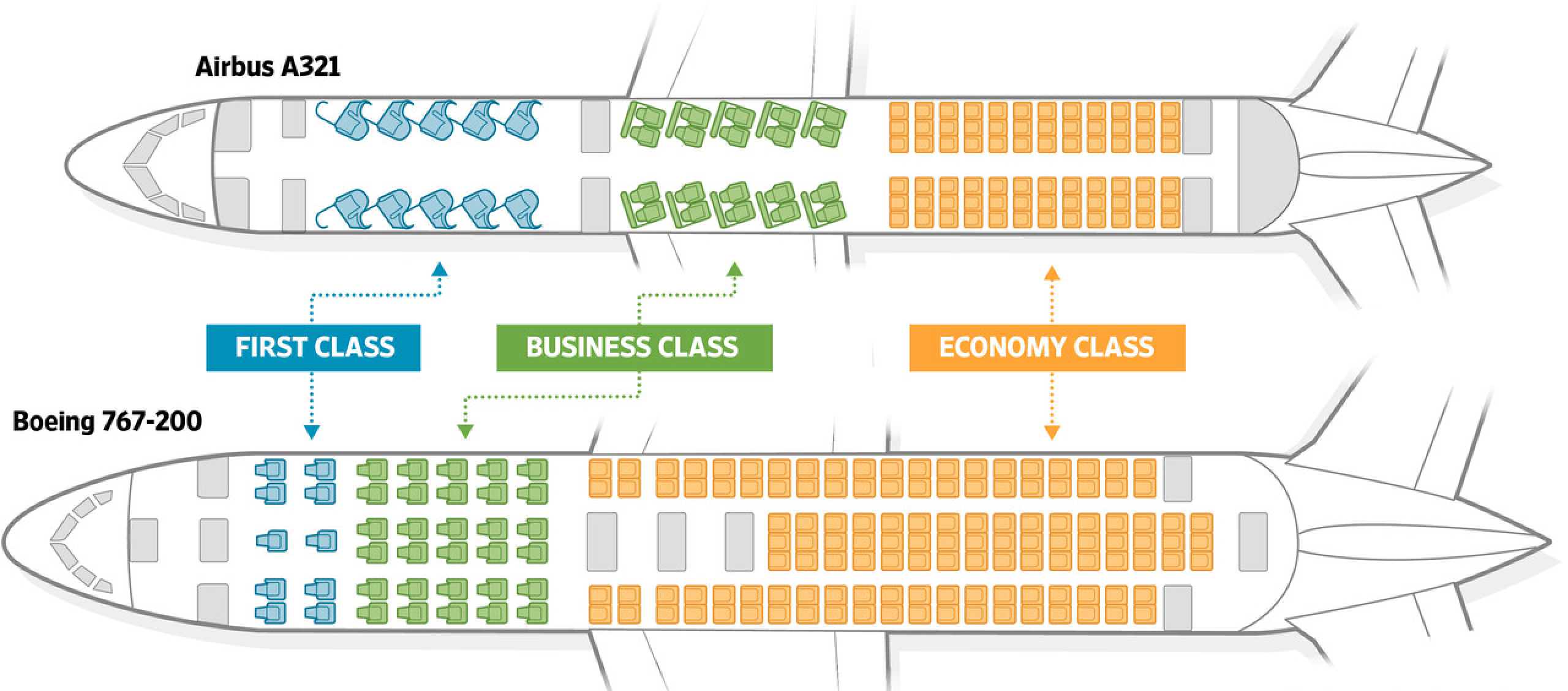
Within the realm of commercial airliners, there's a distinct classification. Narrow-body planes are very like efficient workhorses, while wide-body airliners earn the prestigious title of palaces of the skies.
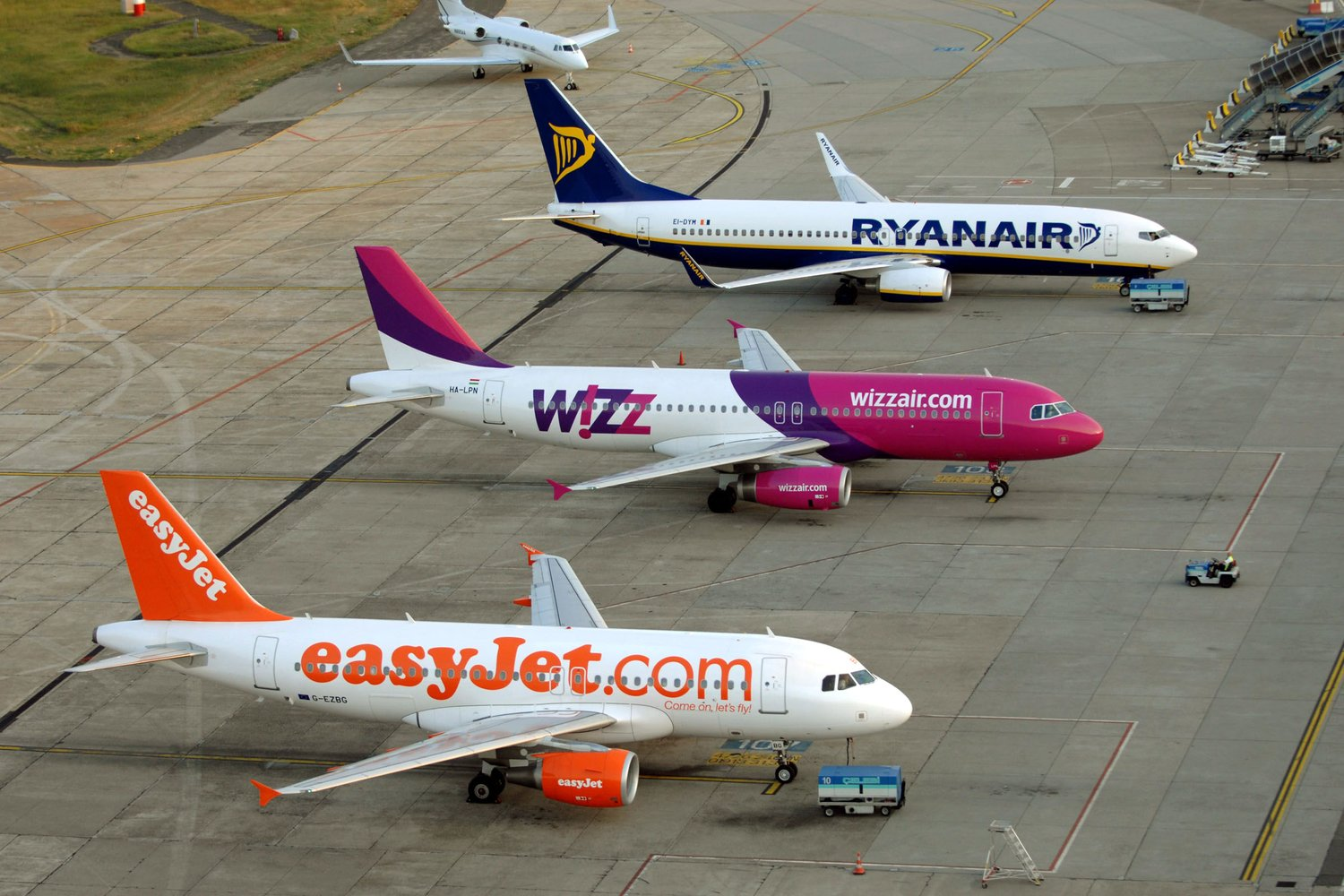
Narrow-body aircraft like the iconic Boeing 737 family and the Airbus A320 family are the most common type of commercial airliner in the world. Typically configured with seating arrangements of 3-3 or 4-4 across, these workhorses dominate the skies for shorter and medium-haul flights. Due to their efficiency and suitability for shorter routes, narrow-body aircraft make up the bulk of most airline fleets.
Now, picture a majestic double-decker bus soaring through the air – that's the essence of a wide-body airliner. Boasting two aisles and wider fuselages, these luxurious giants are designed for long-haul comfort and maximum passenger capacity. The Airbus aircraft A380, for example, can seat a staggering 850 passengers in a high-density configuration, making it the world's largest passenger jet. Their larger size and fuel capacity allow them to travel vast distances non-stop.
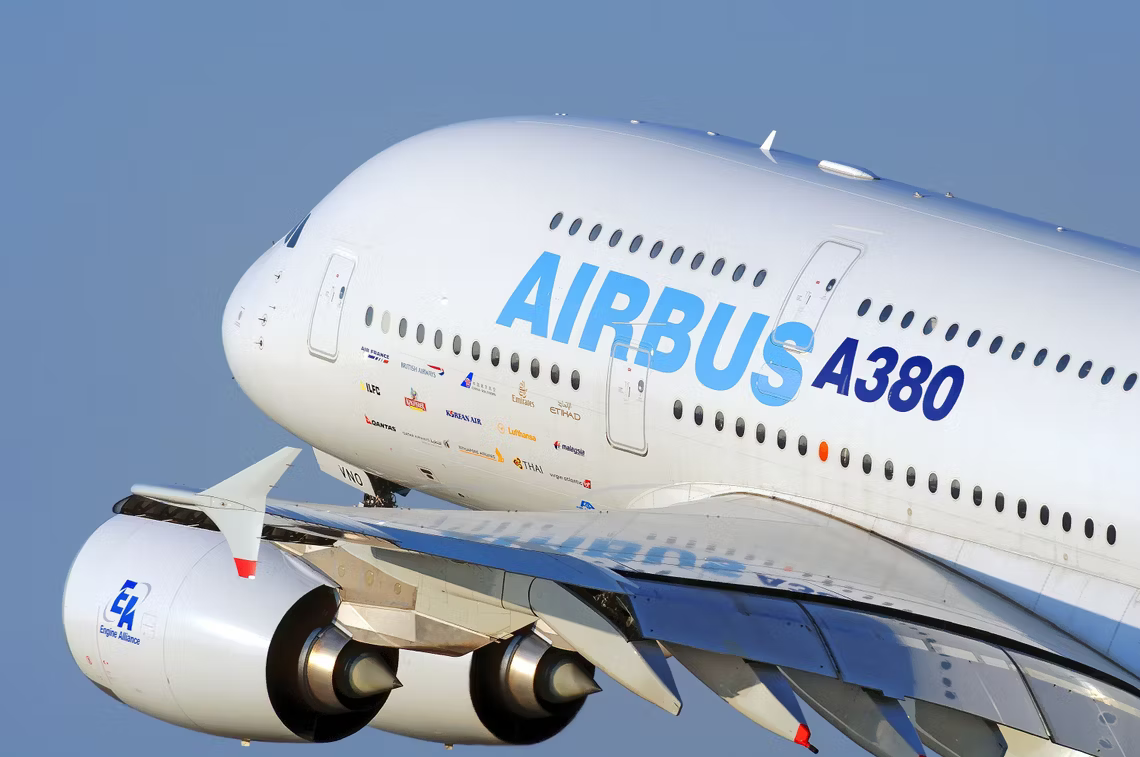
Wide-body aircraft such as the Airbus A350 and the Boeing 777 feature two aisles but are not classified as "jumbo jets" like the renowned Boeing 747 or Airbus A380. Unlike the latter, which are larger and boast multiple decks, wide-body aircraft are spacious but not as massive.
Military Aircraft
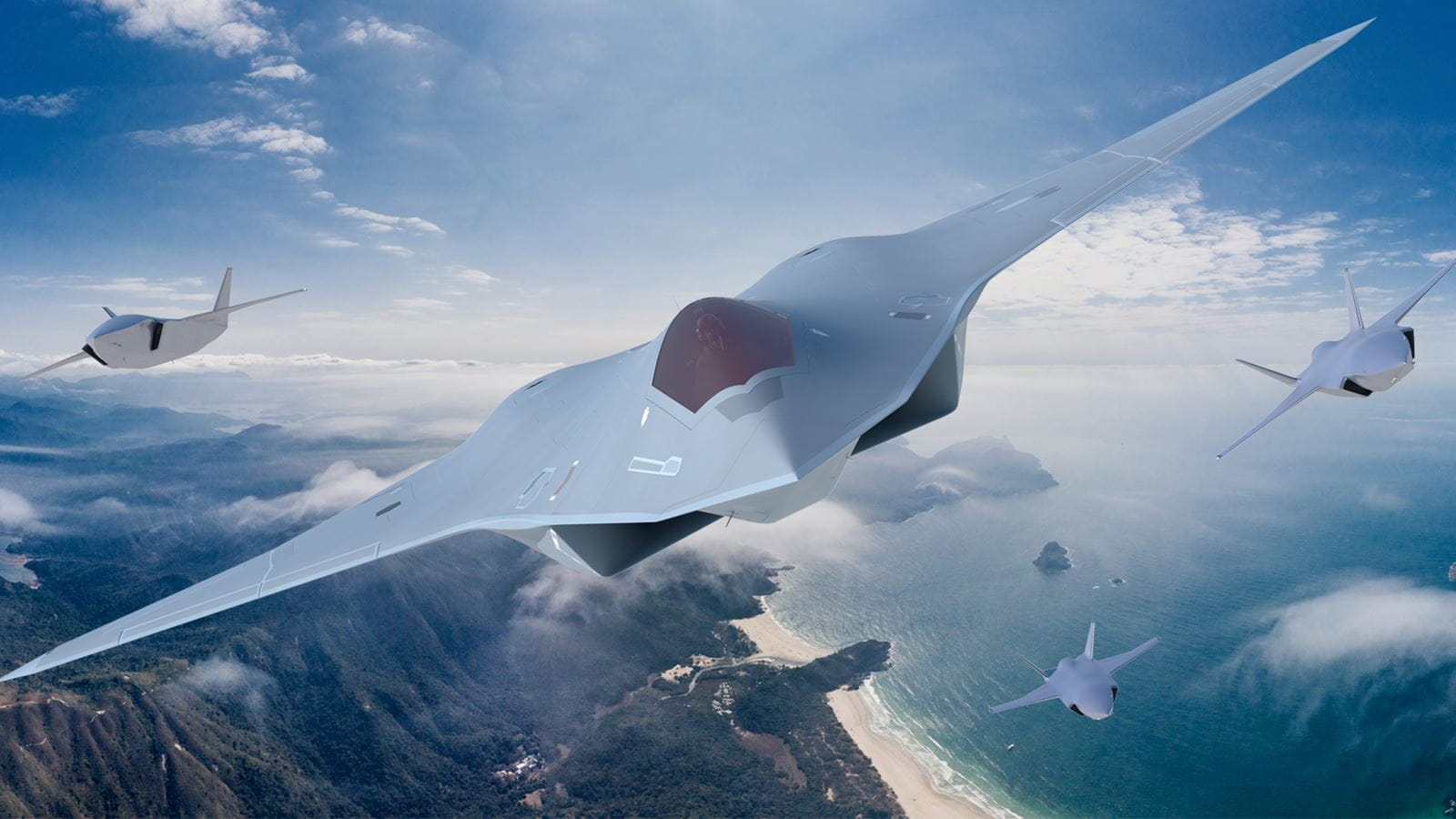
Unlike their civilian counterparts, military aircraft aren't classified using the standard categories established by organisations like the UK CAA or EASA. These categories focus on the safety of public air traffic and are not well-suited for the unique capabilities and demands of military aviation.
Instead, each nation's military adopts its classification system, but some broad categories encompass the combat aircraft and support aircraft. The first ones are the warriors of the skies, designed to take centre stage in offensive and defensive military operations. Such as lightning-fast fighters, bombers, and attack aircraft.
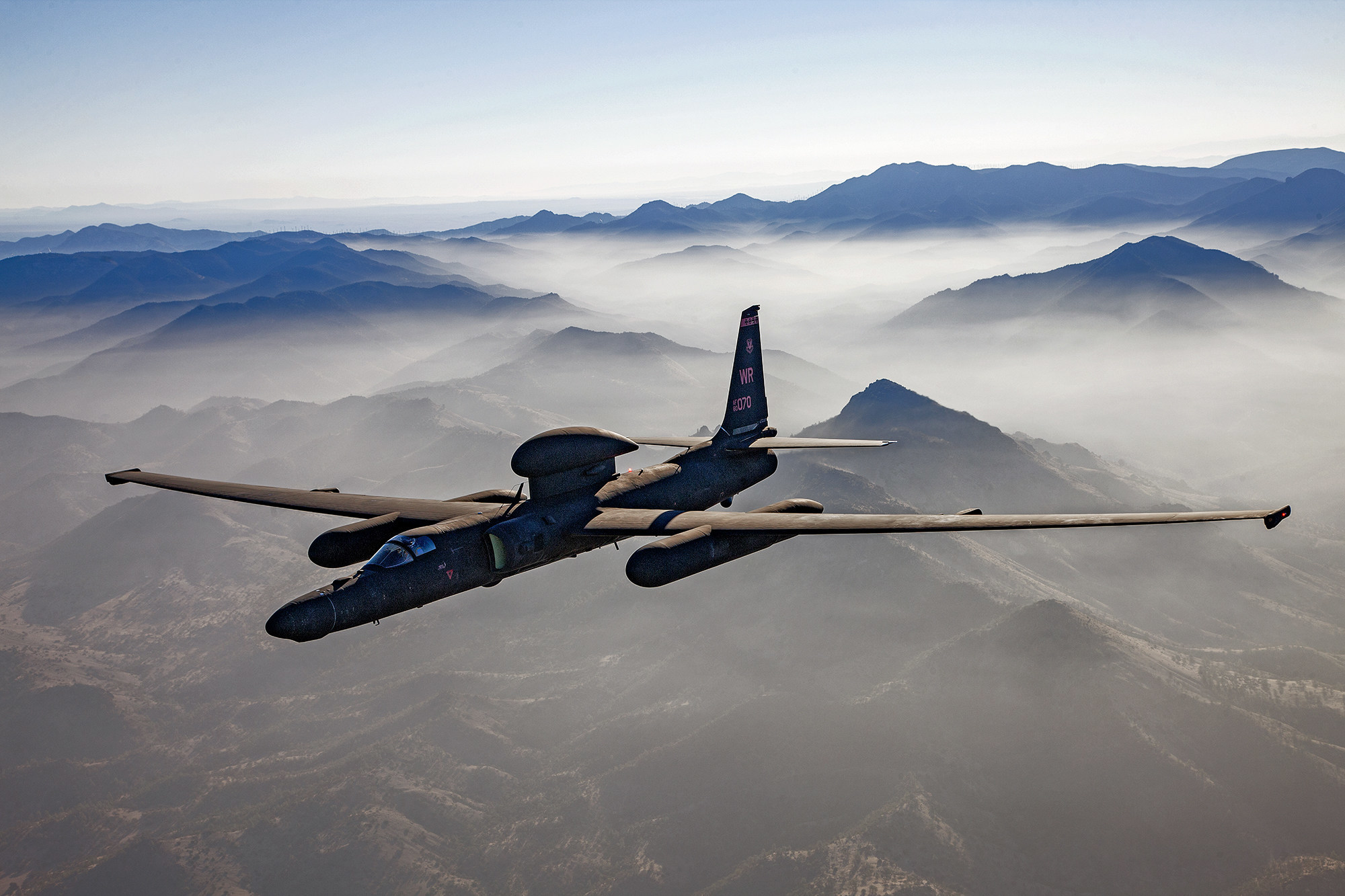
Support aircraft and helicopters extend the reach and capabilities of military operations, transport troops, equipment, and supplies across vast distances, or gather vital intelligence using advanced sensors and surveillance equipment (think U-2 Dragon Lady, a legendary high-altitude spy plane).
Cargo Aeroplanes
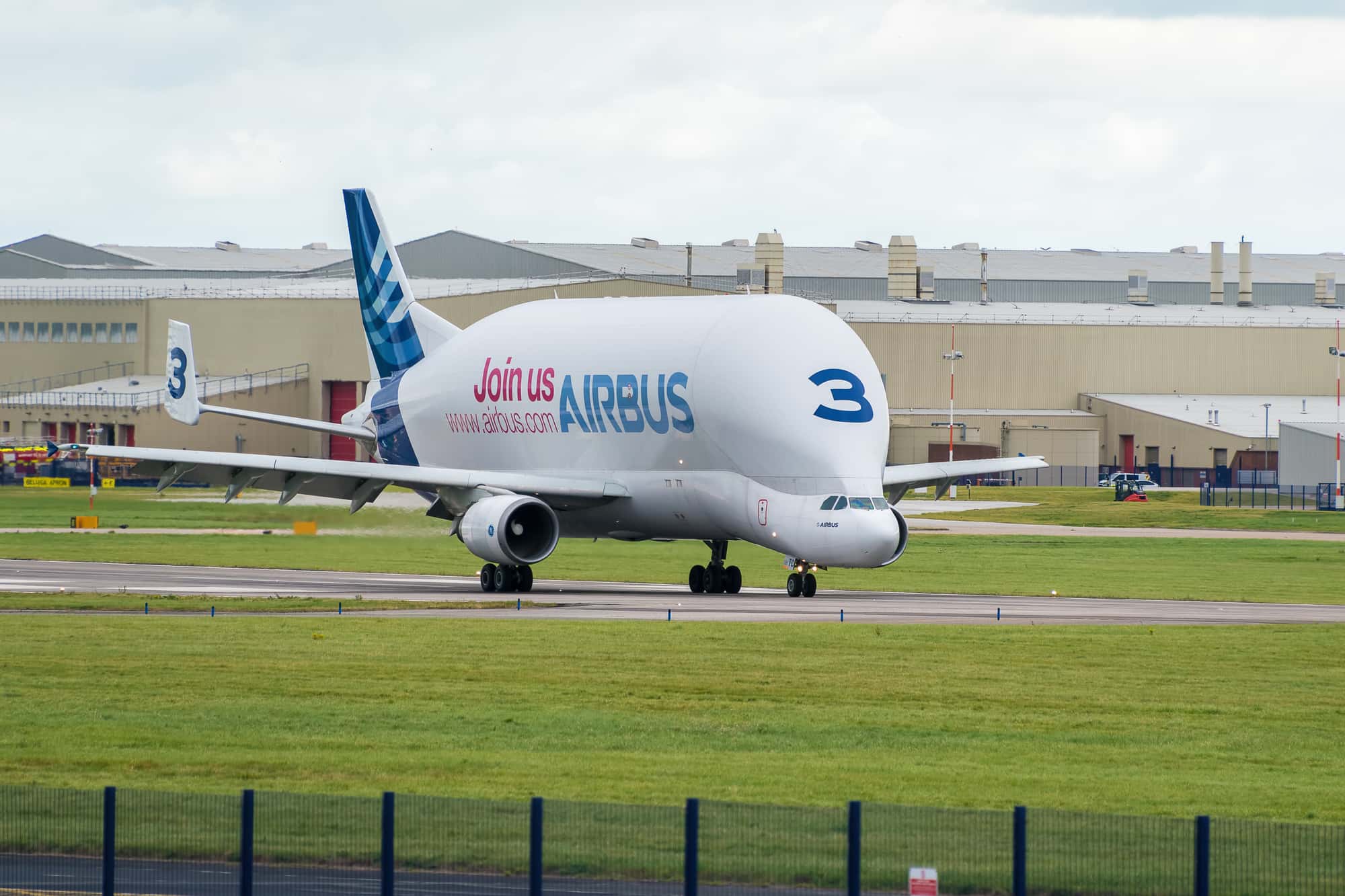
Cargo planes are the unsung heroes of global trade. Operating tirelessly behind the scenes, they ensure a constant flow of goods across continents, keeping businesses running and shelves stocked.
Unlike commercial airliners with windows and cabins, cargo freighters are all business. They typically feature large cargo doors on the fuselage for easy loading and unloading of freight, often making use of conveyor belt systems for faster turnaround times.
By the way, most commercial flights also dedicate significant cargo space below the passenger aircraft cabin, often referred to as “belly cargo.” This allows airlines to optimise space and efficiently transport smaller cargo shipments alongside passengers.
Now, let's meet the true mammoth of the skies – the cargo giants. These colossal aircraft redefine the boundaries of airfreight, capable of hauling staggering amounts of cargo across vast distances:
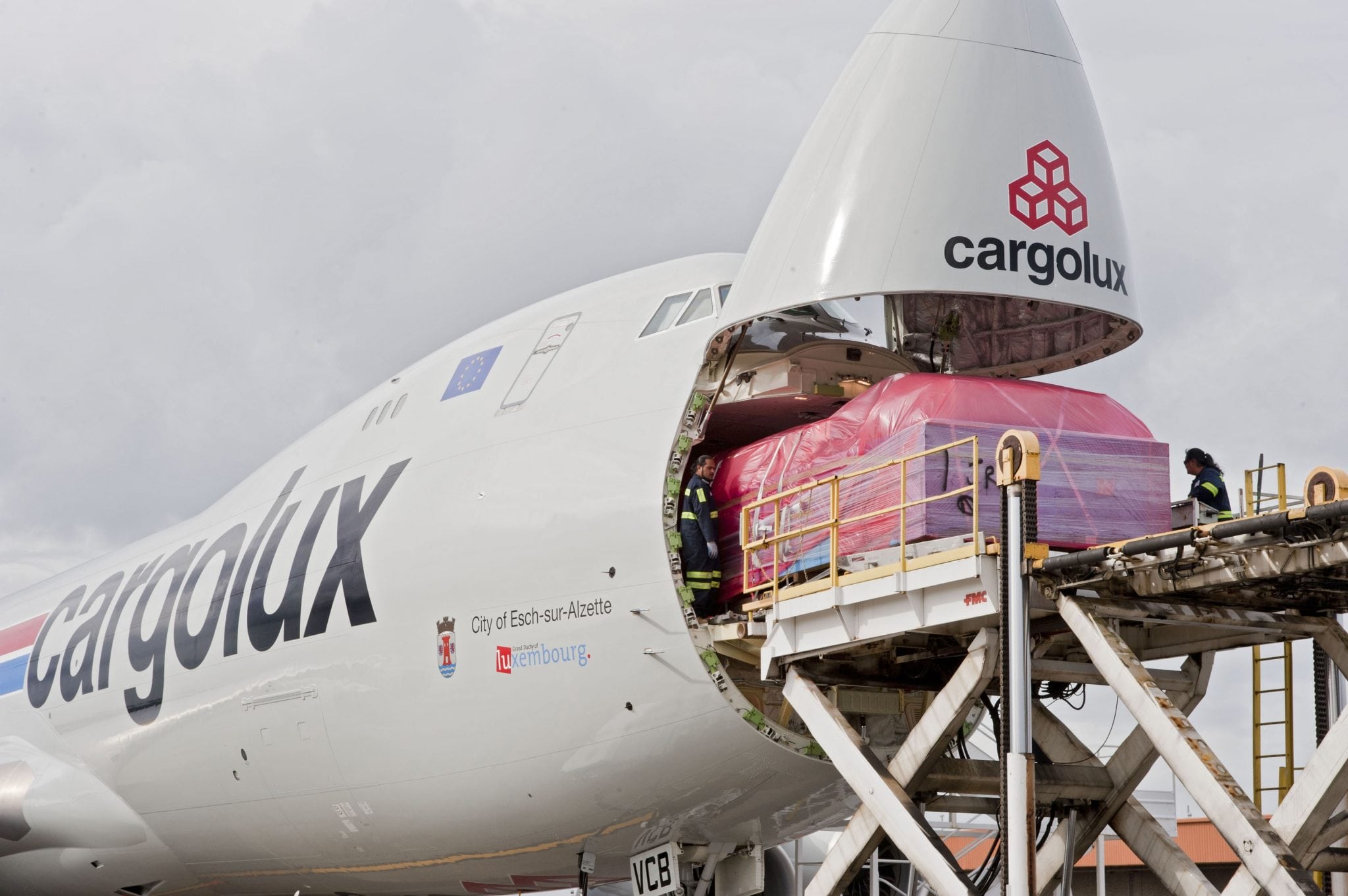
The Boeing 747-8 Freighter. An iconic symbol of air cargo, this legendary aircraft boasts a massive main deck cargo door and can haul a payload exceeding 264,555 pounds (ca. 120 t) over intercontinental distances.
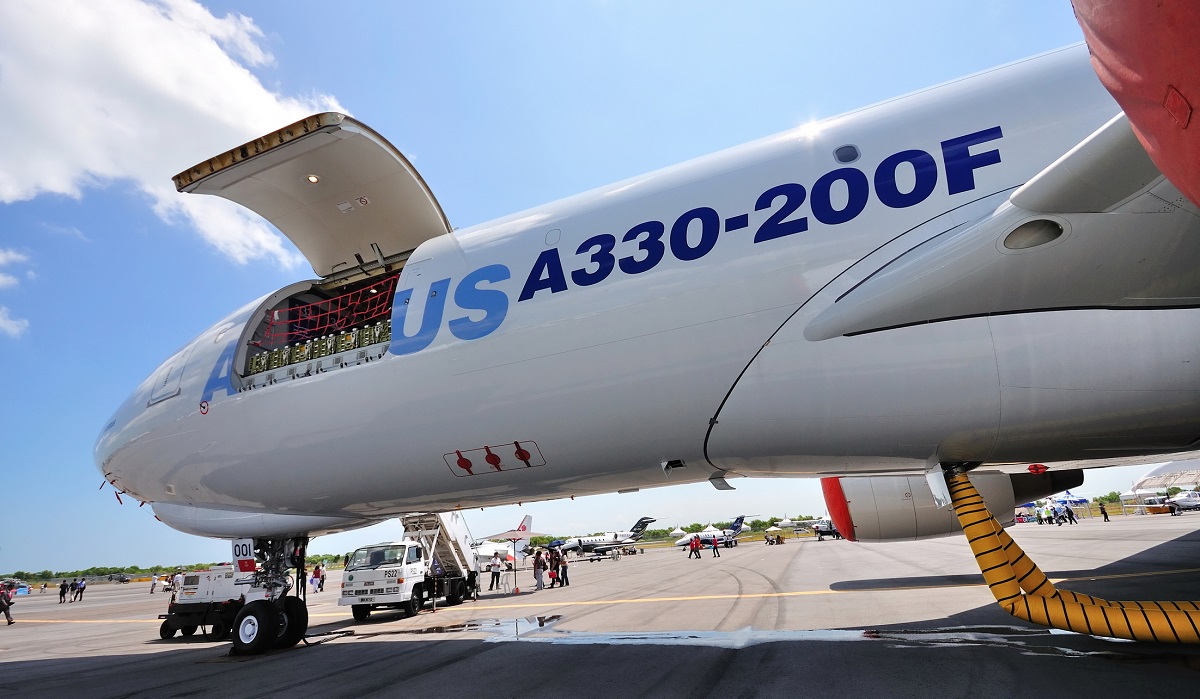
The Airbus A330-200F. Renowned for its fuel efficiency and long-range capabilities, this wide-body freighter can carry nearly 155,000 pounds (ca. 70 t) of cargo, making it ideal for efficient long-haul cargo operations.
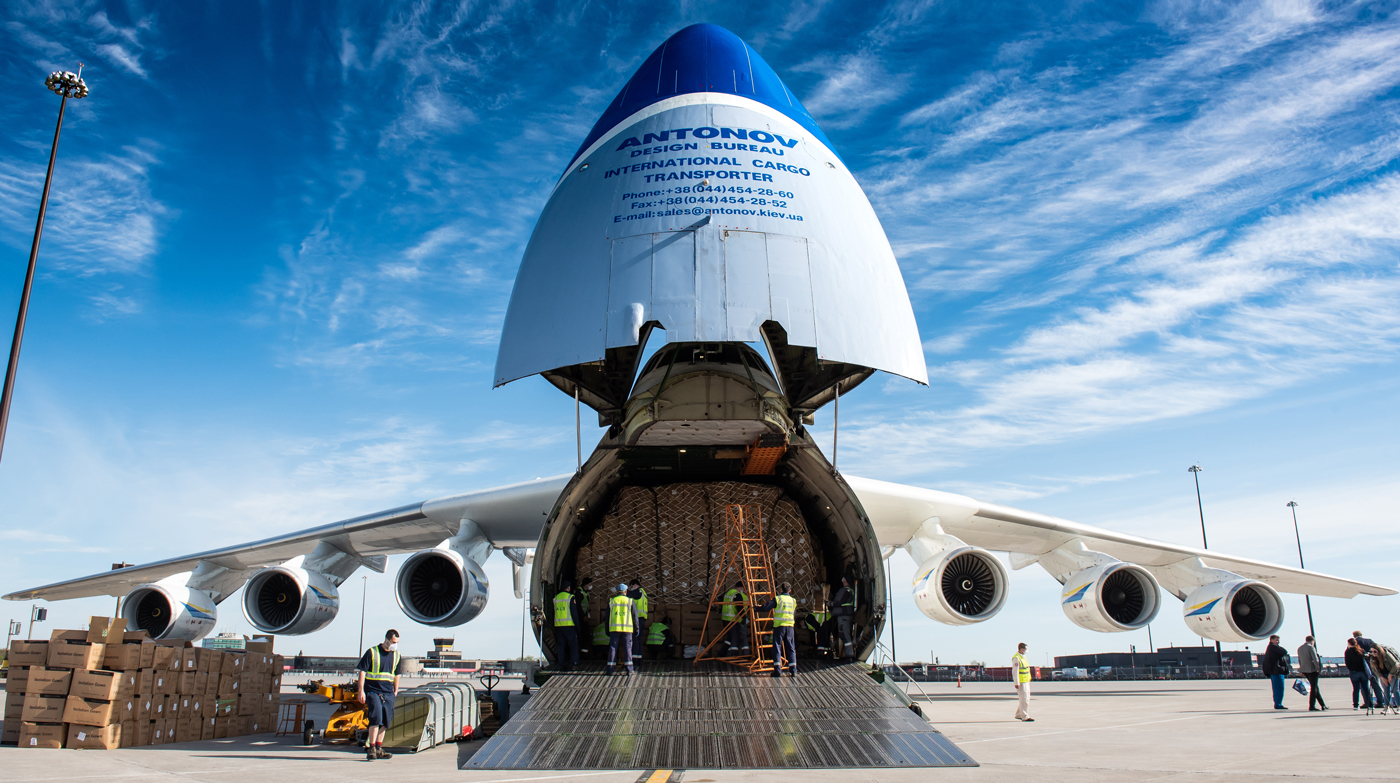
The Antonov An-225 Mriya. A true engineering marvel, this behemoth (tragically destroyed in 2022) held the title of the world's largest cargo aircraft. Imagine a colossal aircraft with six turbofan engines and a payload capacity exceeding 551,150 pounds (ca. 250 t)!
Private Jets
Private jets aren't just for celebrities and CEOs (although they certainly enjoy them!). They offer a unique and luxurious way to travel, perfect for busy professionals, families on an adventure, or anyone who wants to skip the airport hassles.
Think of them as flying taxis - but way more comfortable! Here's a breakdown of the different types of private jets available.
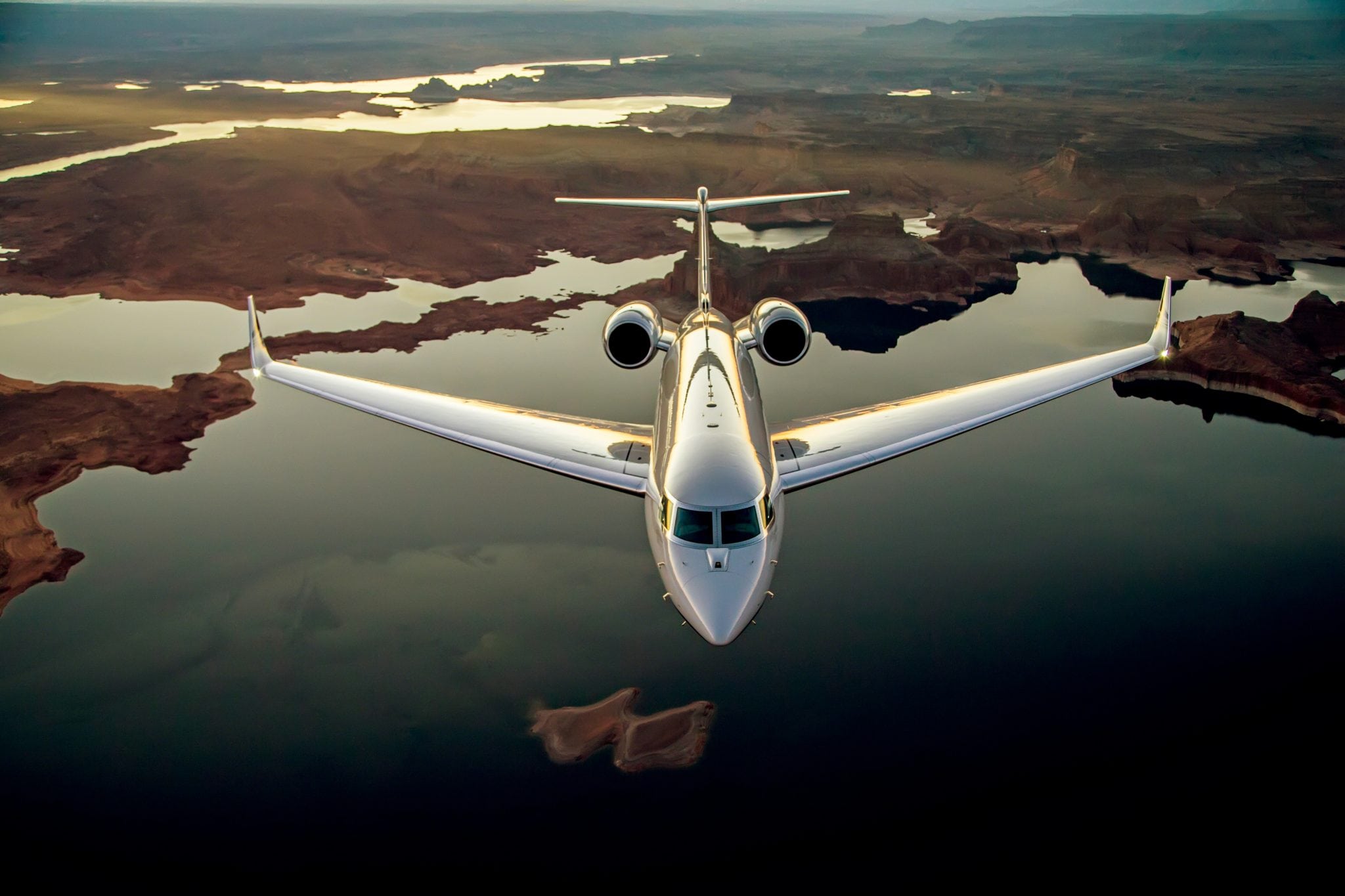
Heavy Jets. Plush seats, top-notch entertainment, and ample legroom define heavy jets. These bad boys can fly for hours, connecting destinations like New York to Dubai in one smooth trip.
The king of the castle here is the Gulfstream G650. Nicknamed the “Global Express,” it can fly a whopping 7,000 nautical miles (over 8,000 miles!) without refuelling. That means you could fly from London to Sydney with a single stop.
Bombardier also makes some incredible heavy jets, like the Global 7500. This jet boasts the longest range of any business jet, allowing you to truly fly around the world without stopping for gas. Imagine the possibilities!
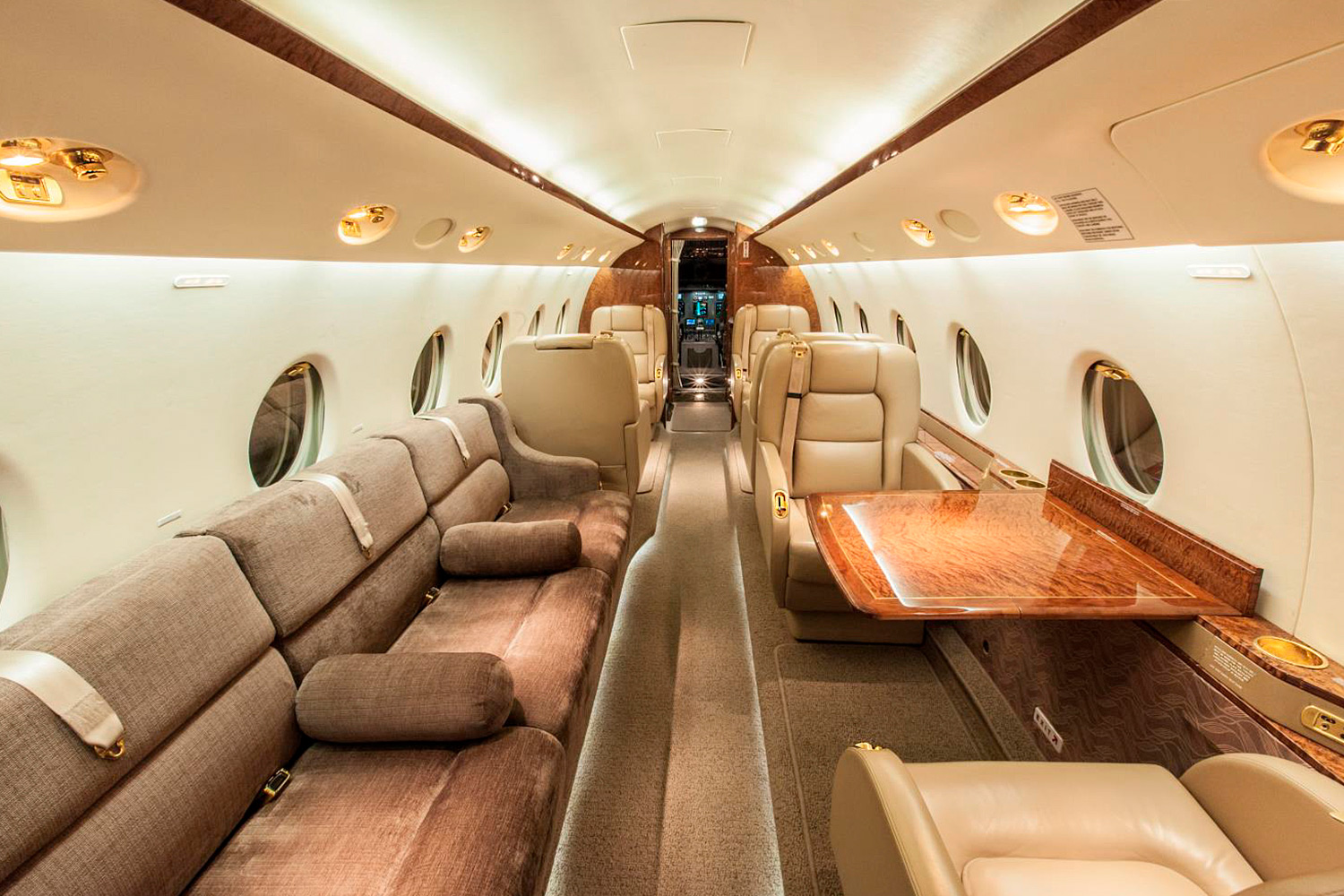
Mid-size Jets jets offer the perfect balance between size and range. They're not quite as luxurious as heavy jets, but they can still get you where you need to go in comfort and style. Plus, they can often access smaller airports, opening up more travel options.
A popular choice is the Gulfstream G200, a reliable workhorse that can connect cities across continents. Think London to Los Angeles, no problem. It has enough space for up to 10 passengers, so you can bring your whole team or family.
Bombardier's Challenger series is another strong contender. The Challenger 350 is known for its impressive range and ability to land at airports with shorter runways. This means you can fly directly to your mountain getaway or private island - fancy!
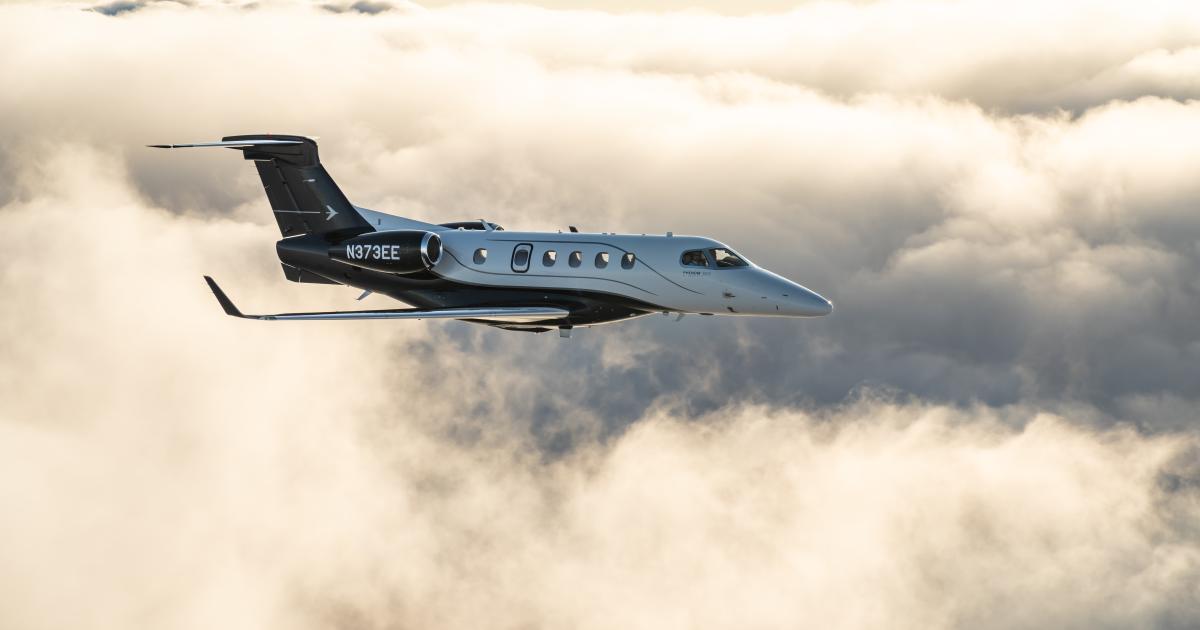
Light Jets. Light jets are perfect for shorter trips, like hopping between regional hubs. They're smaller and more efficient than their bigger siblings, but they still pack a punch in terms of speed and comfort.
The Cessna Citation CJ series and the Phenom 300 are popular options in this category. They typically seat around 5 to 9 passengers, making them ideal for business trips or small group getaways.
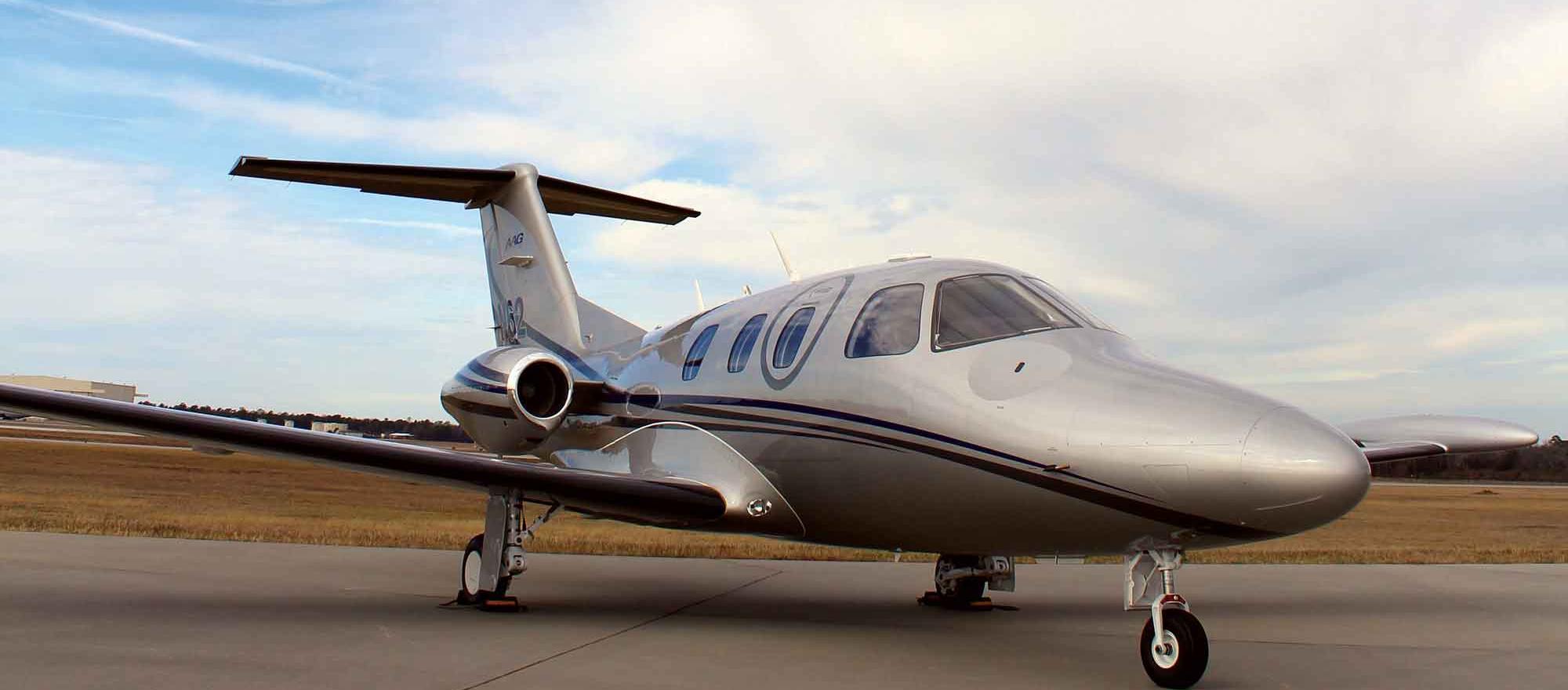
Very Light Jets (VLJs). VLJs are the smallest type of private jet, often designed for just one pilot and a handful of passengers. They're great for quick hops to nearby cities or accessing remote locations that commercial airlines might not reach.
Planes like the Eclipse 500 and HondaJet can handle flights of up to 1,500 miles, making them perfect for regional travel or skipping long layovers on commercial flights.
Propeller Planes
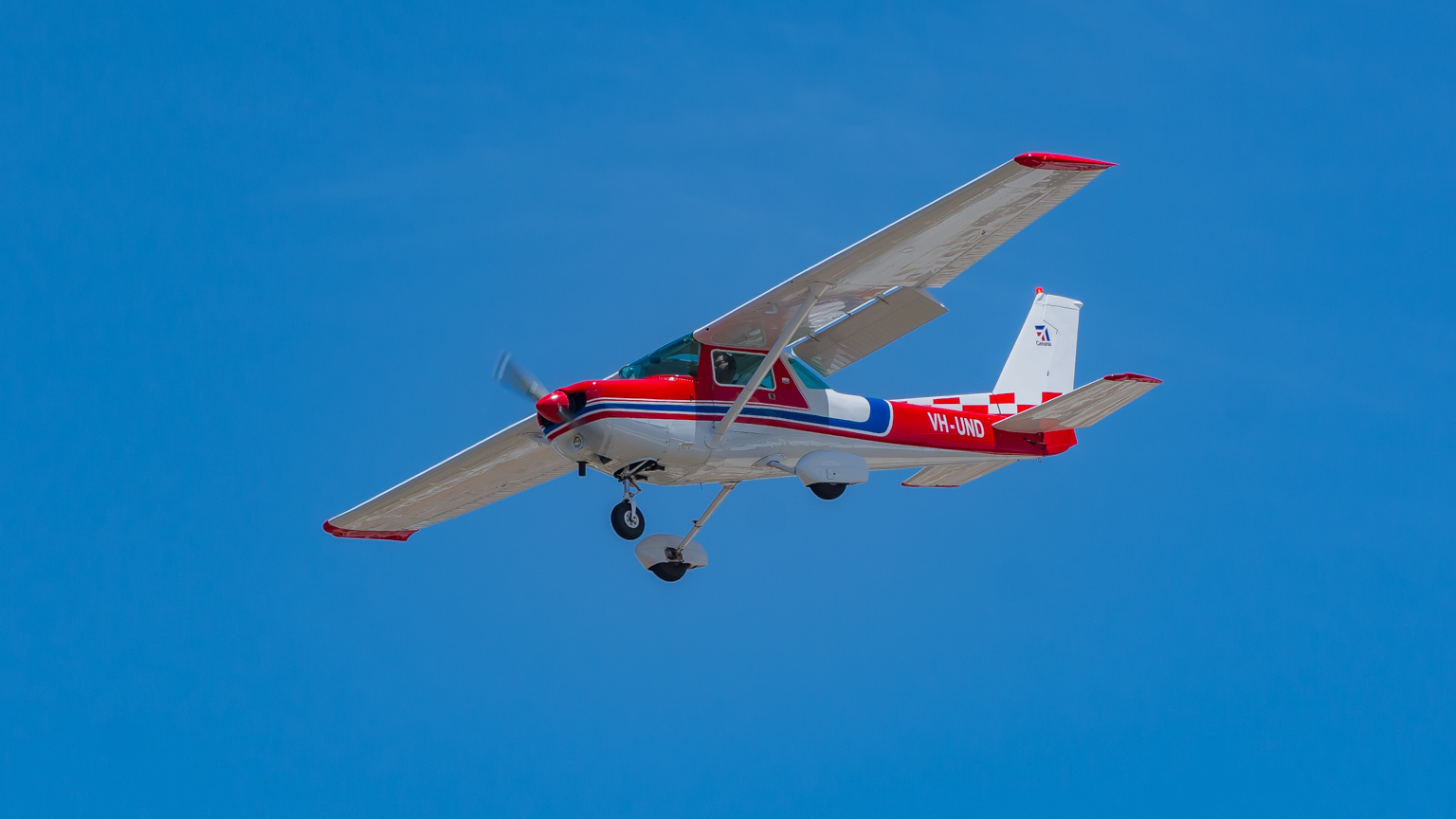
Propeller planes, with their fuel efficiency, versatility, and ability to operate out of smaller airfields, remain a crucial part of aviation. They come in a surprising variety of sizes and configurations, each fulfilling a unique role in the world of flight. From providing flight training to facilitating regional travel, cargo transport, and vital services, these remarkable machines continue to soar through the skies, proving that sometimes, the tried-and-trusted propeller remains the most effective solution.
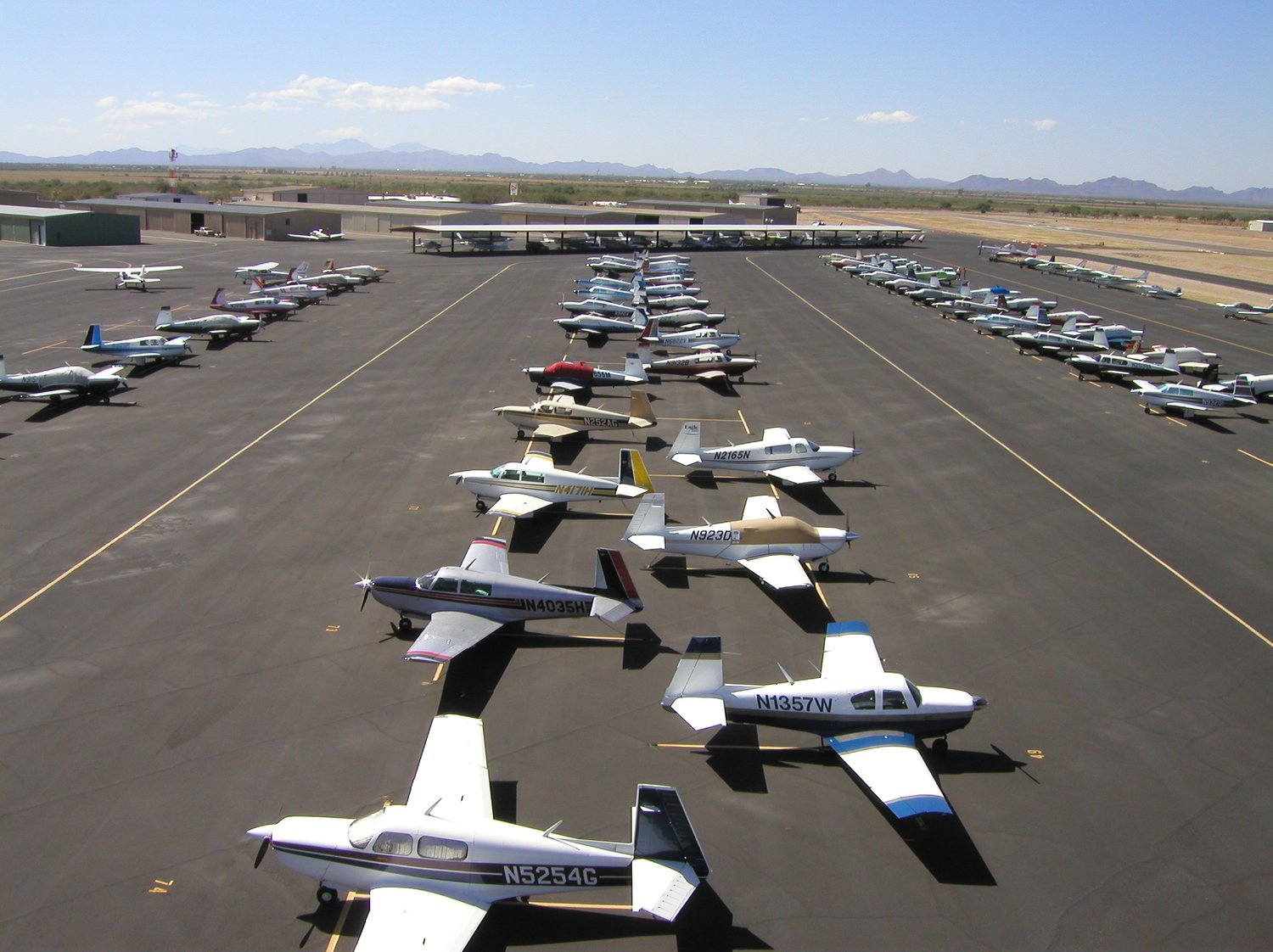
Single-engine trainers: These are the ubiquitous workhorses of flight schools, introducing aspiring pilots to the basics of flying. Typically small and nimble, with two or four seats (e.g., Cessna 152, Piper Cherokee), they offer a cost-effective way to learn the ropes.
Light Sport Aircraft (LSA): A relatively new category, LSAs are simple, affordable aircraft designed for recreational flying. Often single-engine, two-seaters (e.g., Sport Cruiser, Elios), they allow for leisure flights and basic training within specific limitations.
Twin-engine turboprops: These versatile workhorses offer the advantages of both propeller and turbine engines. More powerful than single-engine aircraft, they can handle longer distances and operate out of smaller airports with shorter runways (e.g., Beechcraft King Air, ATR 42). This makes them ideal for regional airlines and utility operations.
Bush Planes: Built for rugged terrain and often single-engine with high-mounted wings, these planes excel in challenging environments. They feature large tires for rough landings and may even have floats for water take-offs and landings (e.g., Cessna 208 Caravan, De Havilland Canada DHC-2 Beaver). They're vital for access to remote locations and essential for tasks like search and rescue.
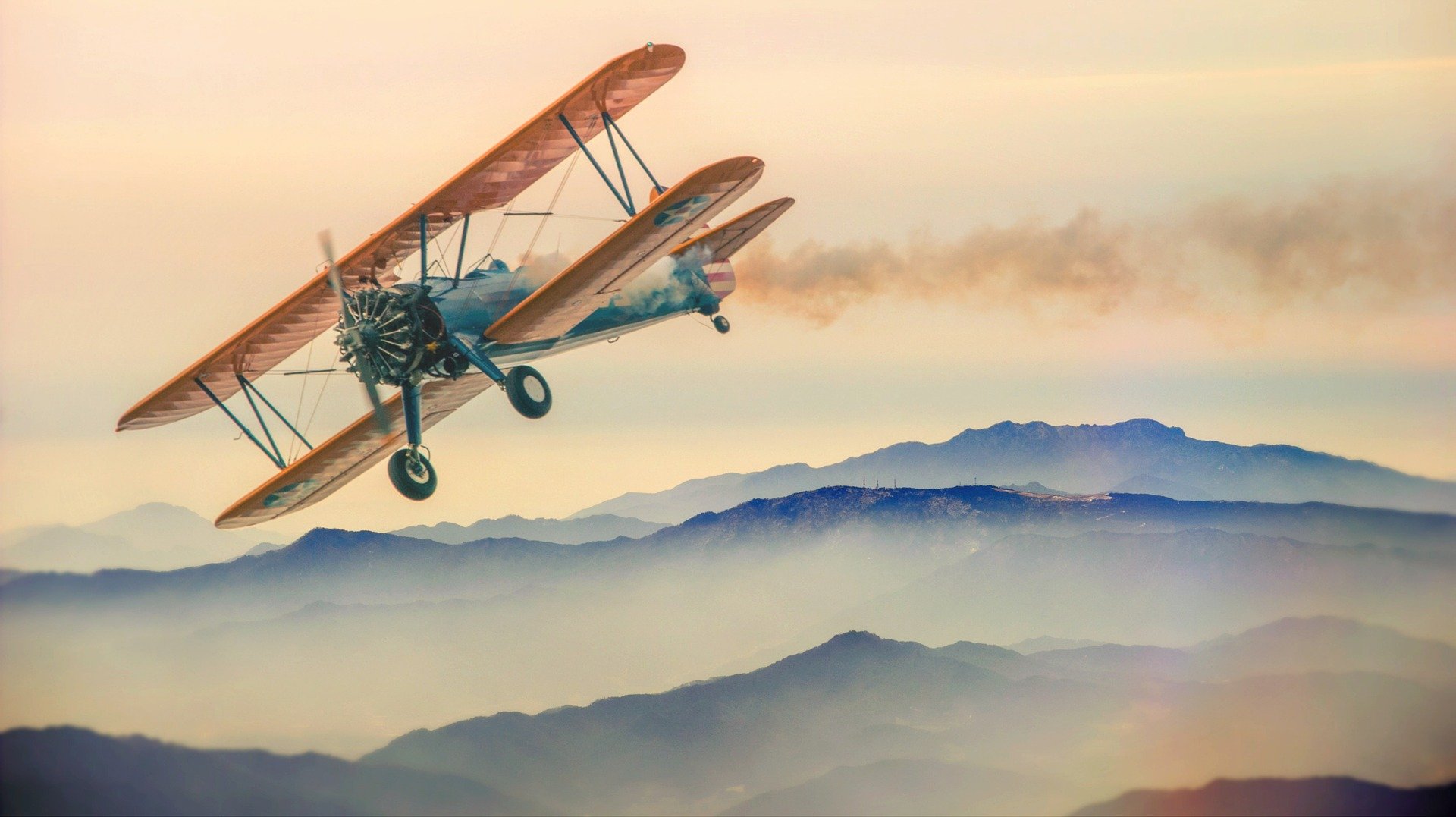
Lighter-than-Air Aircraft
Lighter-than-air aircraft may not dominate the skies like aeroplanes, but they hold a special place in our fascination with flight. These graceful giants rely on buoyancy to stay aloft.
Think of a beach ball bobbing merrily in a pool. That's buoyancy at play! LTA aircraft exploit this principle, replacing water with air. They contain a gas, typically helium (much lighter than air) or hot air, creating a buoyant effect that allows them to float effortlessly. This makes them significantly less dense than the air they displace, essentially creating their own "lift pocket" to stay aloft.
Lighter-than-air Classes
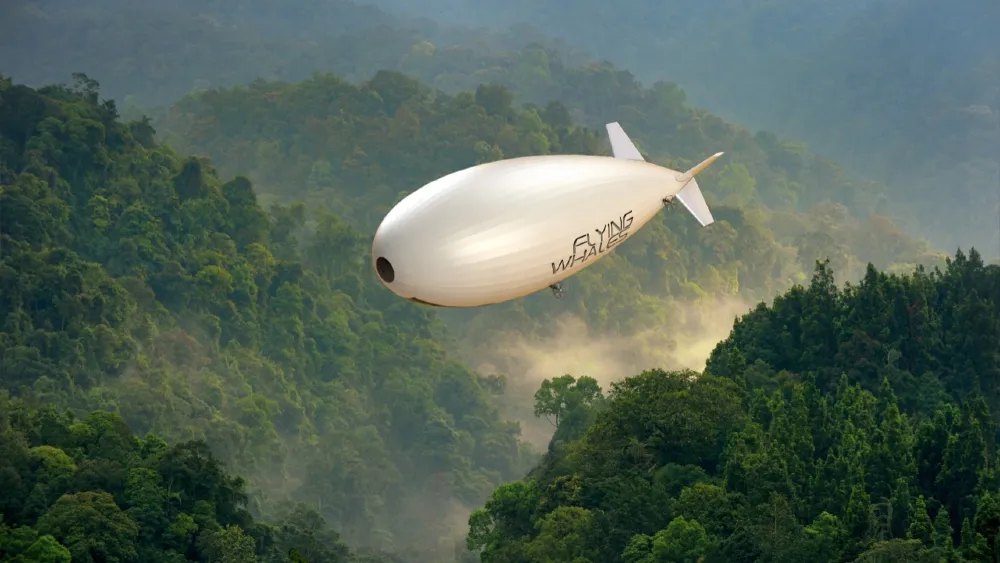
Airships. Airships, the powered kings of this category, boast internal combustion engines and propellers. This allows them to navigate with greater control, making them ideal for scenic tours, advertising campaigns that take flight, and even scientific research missions. Did you know the first successful transatlantic air crossing in 1919 was achieved by a rigid airship, the remarkable R34?

Hot Air Balloons. While airships boast engines, hot air balloons take a more whimsical approach. These colourful giants rely solely on the principle of heated air. By burning propane in a large burner, they create a pocket of hot air that rises within the balloon, carrying the entire structure skyward. Hot air balloons offer a truly unique and serene flying experience, perfect for leisurely sightseeing or romantic hot air balloon rides.
Gliders
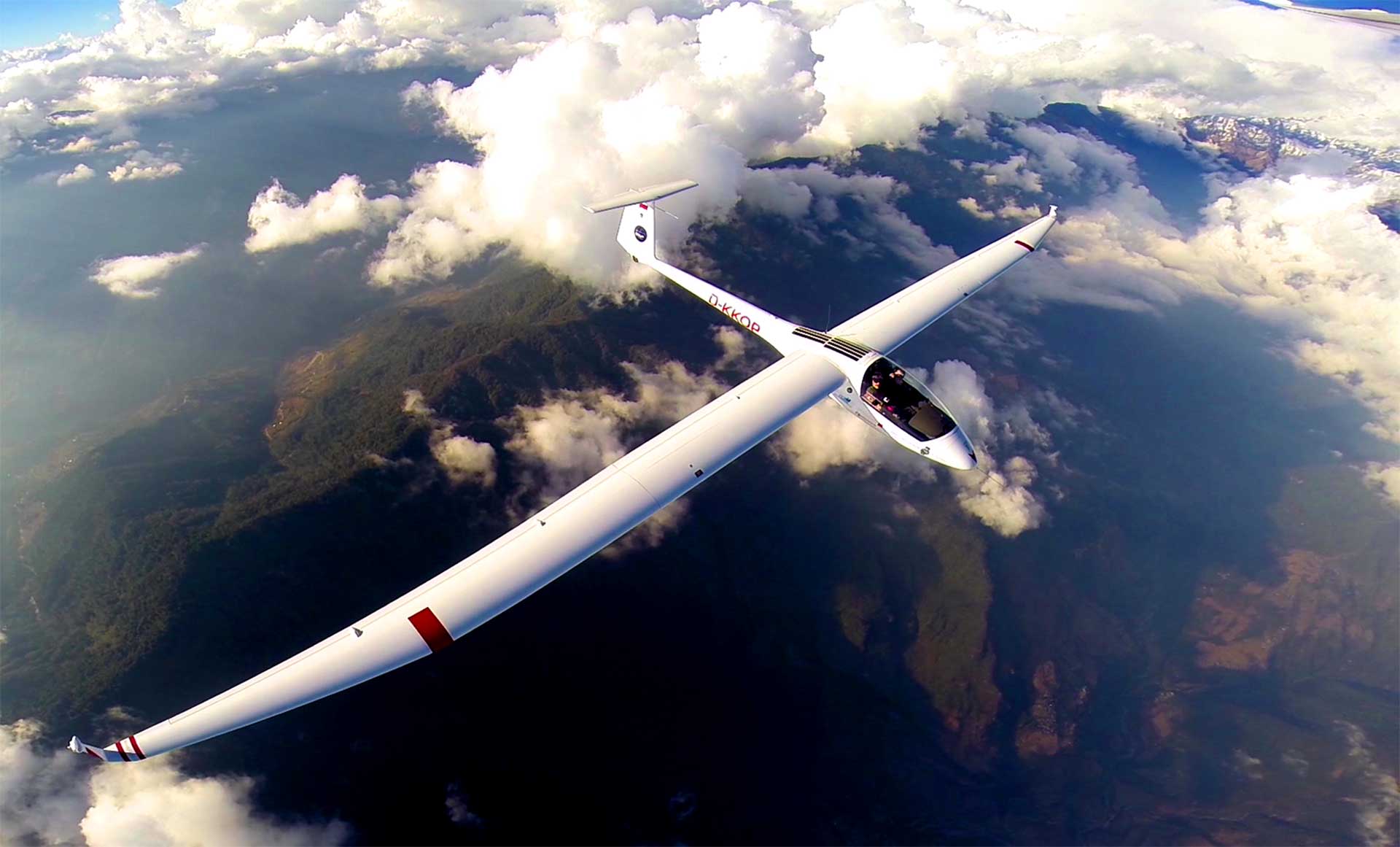
Unlike aeroplanes that rely on engines for propulsion, gliders are marvels of aerodynamics. Their long, slender wings create maximum lift with minimal drag, allowing them to exploit rising air currents called thermals. Imagine invisible pockets of warm air that act like elevators, gently pushing the glider upwards. The lightweight construction, employing materials like composite fibreglass or even wood, further enhances their ability to stay airborne.
Did you know that under the right conditions, gliders can outperform even aeroplanes? In 2003, glider pilot Klaus Ohlmann defied expectations by completing a staggering 1.8691mi journey – the world's longest glider flight!
Glider Classes
Standard Gliders: With a wingspan of around 15 meters, they're perfect for recreational flying and enjoying the thrill of soaring.
Competition Gliders: Built for peak performance, competition gliders boast a sleeker design and enhanced efficiency compared to standard models. Their wingspans typically reach 18 meters or more.
Experimental Gliders: Pushing the boundaries of innovation, experimental gliders serve as test beds for new designs and advanced technology. These unique aircraft can sport features like canard wings, twin tails, or even unconventional wing shapes, paving the way for the future of gliding.
Quick Summary
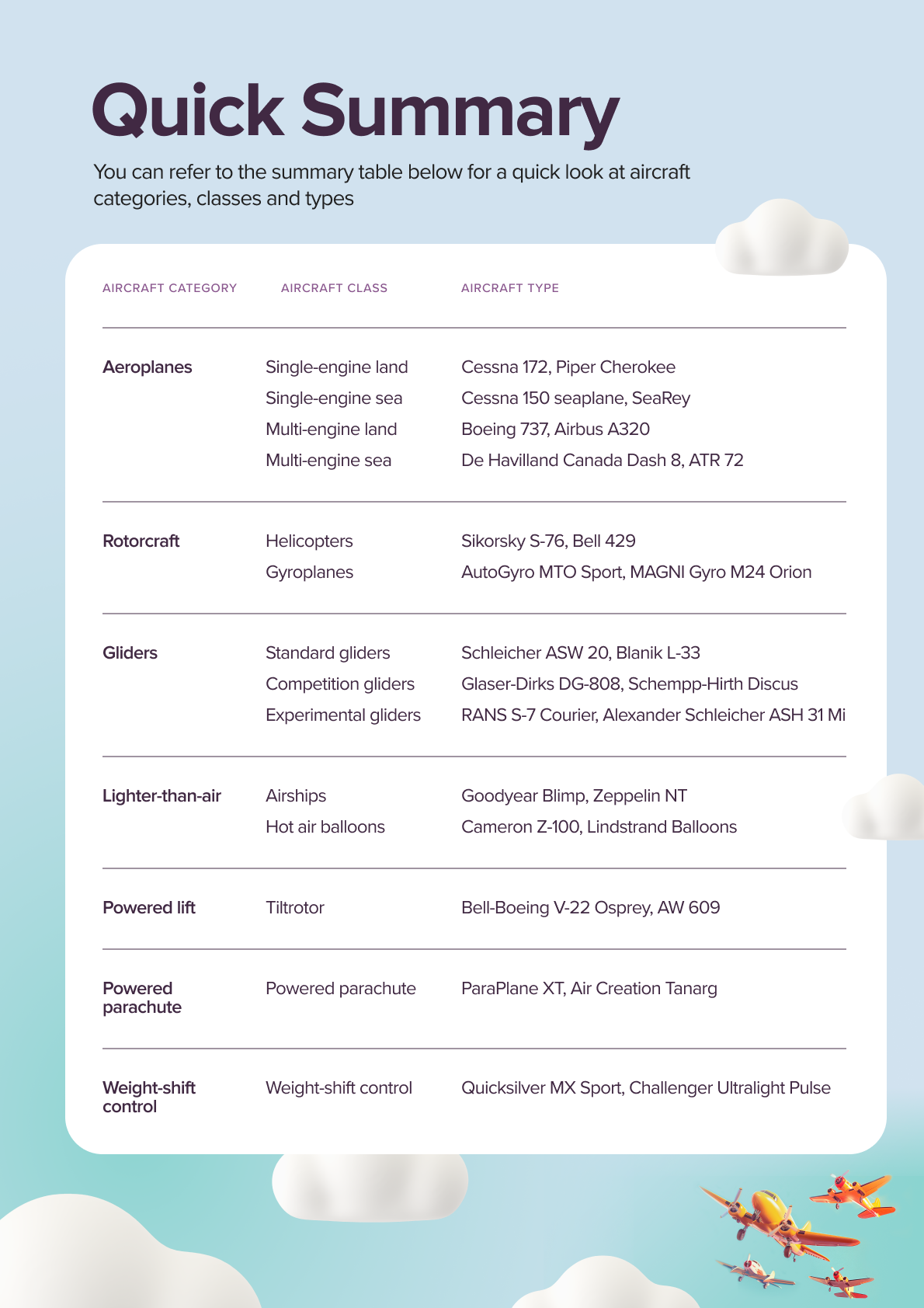
The Bottom Line
So, the next time you're boarding a plane, take a moment to observe its size and configuration. By understanding the distinctions between narrow-body and wide-body airliners, you can not only appreciate the technological marvel beneath you but also anticipate the kind of flying experience that awaits! By understanding these categories, classes, and types, you'll gain a deeper appreciation for the diverse world of flight, allowing you to identify different aircraft and grasp their unique roles in our global airspace.
